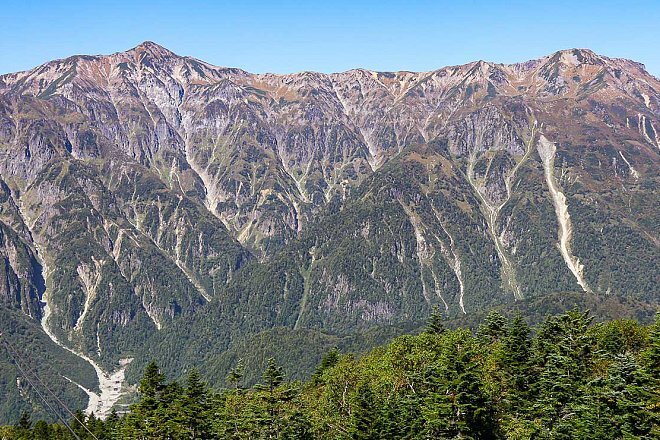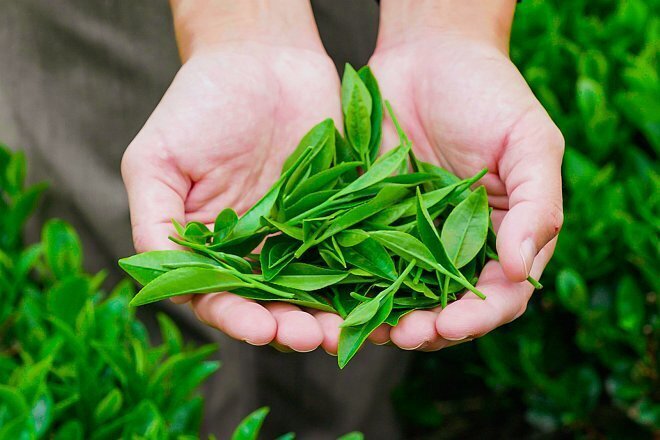With panoramic views, mountains, tea fields, historic towns and traditional craft, central Japan offers visitors a wide variety of experiences and opportunities to get to know both modern and classical Japan. In this three part series, I spend six days off the beaten path in central Japan visiting Nagoya and the surrounding prefectures of Mie, Shizuoka, Gifu and Nagano.
Over the course of my trip, I travel to some of the lesser visited cities in central Japan, checking out the local sights and participating in activities unique to the areas. Note that this itinerary does not cover all the sightseeing attractions in central Japan, but is a small curated selection that we think many travelers would enjoy.
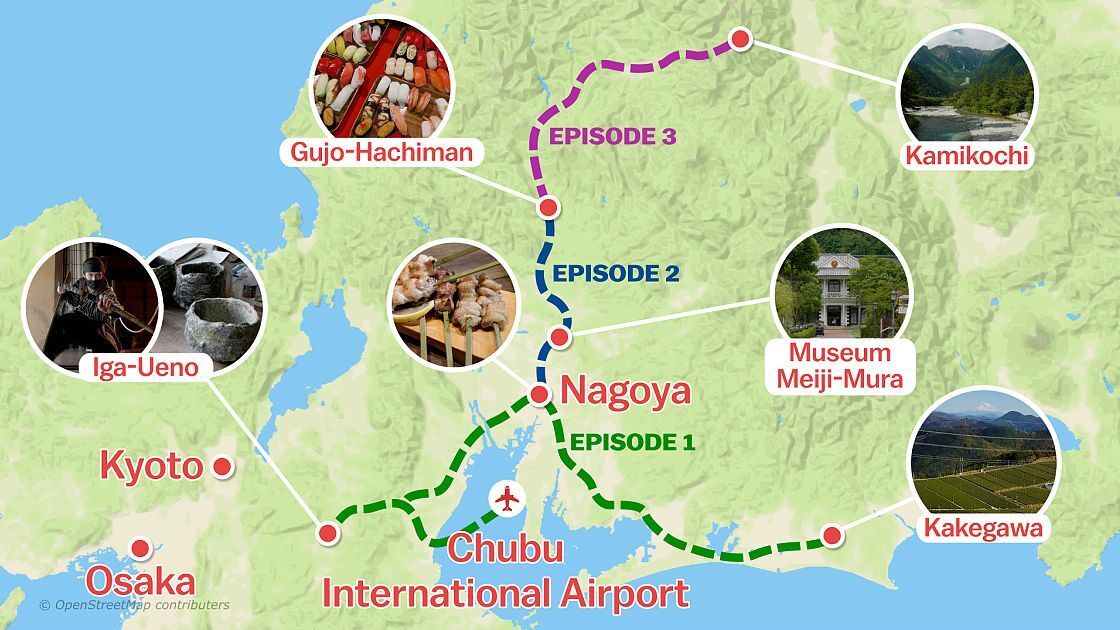
In this first part, I start my trip at Chubu Centrair International Airport, traveling to Iga City in Mie Prefecture where I would learn about the ninja on the first day. The second day is spent with a local potter, before moving to Kakegawa in Shizuoka Prefecture for an immersive tea experience.
From Chubu Centrair International Airport, I took a high speed boat and trains to Iga City, my first destination. Detailed transport information can be found in the access section below.
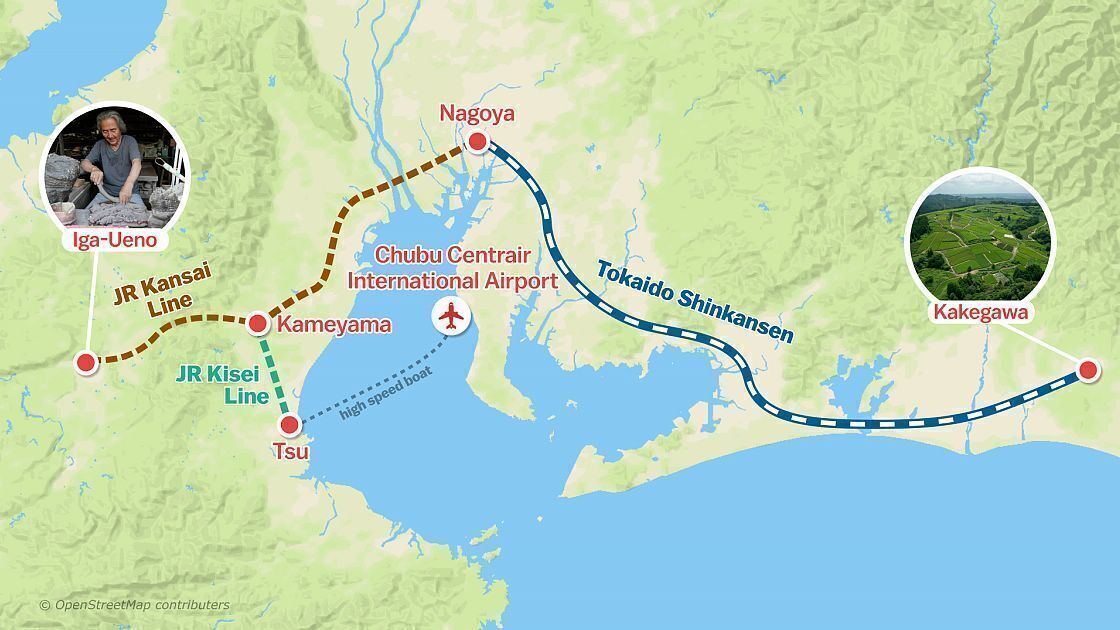

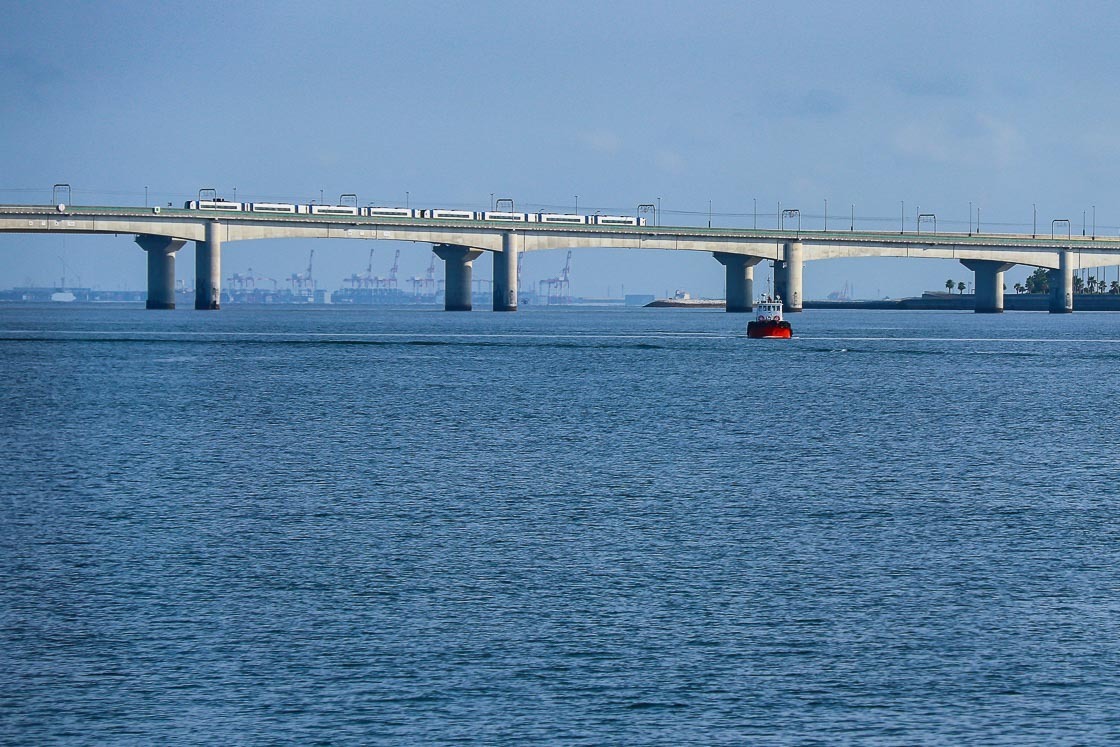
Day 1: Ninja culture in Iga City
Iga City, commonly referred to as Iga-Ueno, is a city in a small plain surrounded by mountains. The city is best known for its ninja culture and has an excellent museum dedicated to showcasing the history and skills of the ninja. In fact, Iga and Koka, on the other side of the mountains, are two of the most famous places where ninja are said to have originated and where many historical ninja like Hattori Hanzo are from.
Much about ninja culture has been conflated with myths and folklore as these covert spies and assassins were extremely good at covering up their traces and left only scant records. The mysterious nature of the ninja made for good material in popular arts and culture, which often embellished and exaggerated their portrayal. But, it remains without a doubt that ninja were adept in combat, subterfuge and natural sciences.
Over in Iga-Ueno, the Ninja Museum of Igaryu is an all in one facility where visitors can experience and learn more about ninja, which is a ten minute walk from Ueno-shi Station.
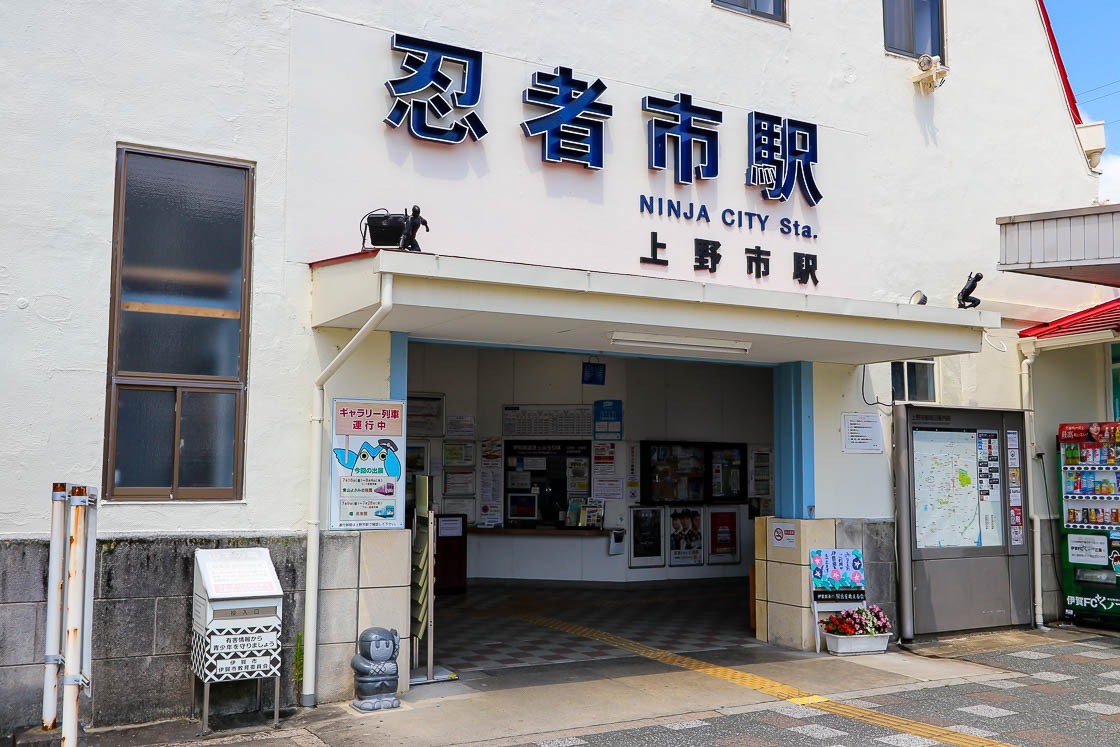
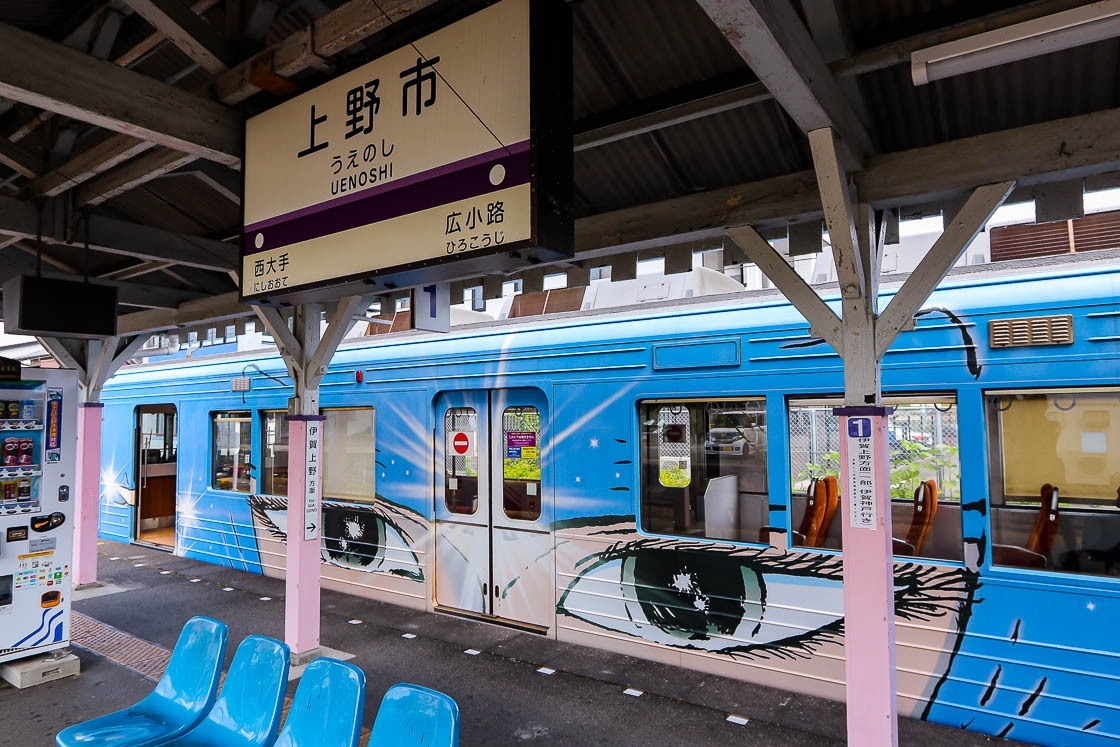
The typical visit route at the Ninja Museum of Igaryu starts from the ninja house where a guide dressed as a ninja explains the hidden secrets of a ninja residence. I found the tour highly entertaining and marveled at all the ingenious ideas that were built into the house itself. From the exterior, the house looked like an atypical farmhouse, but inside, there were secret doors, hidden floors and underground passageways. I wondered if children of ninja knew about these hidden tricks and used them to their advantage!
Following that, the route continues to two halls that exhibit ninja tools and clothes as well as explained the typical life of a ninja. There, I learned about the history of ninja, their various disguises and tools. Outside of their ninja duties, ninja were mostly farmers and lived simple, nondescript lives, which provided the obscurity to hone their skills.
One of the highlights not to be missed at the museum is the thrilling ninja show performed by skilled artists who enact fight scenes and display their prowess using real ninja tools and weapons. A visit to a ninja attraction would be incomplete without trying some fun ninja skills, and visitors to the museum can try their hand at throwing ninja stars, which of course, I did.
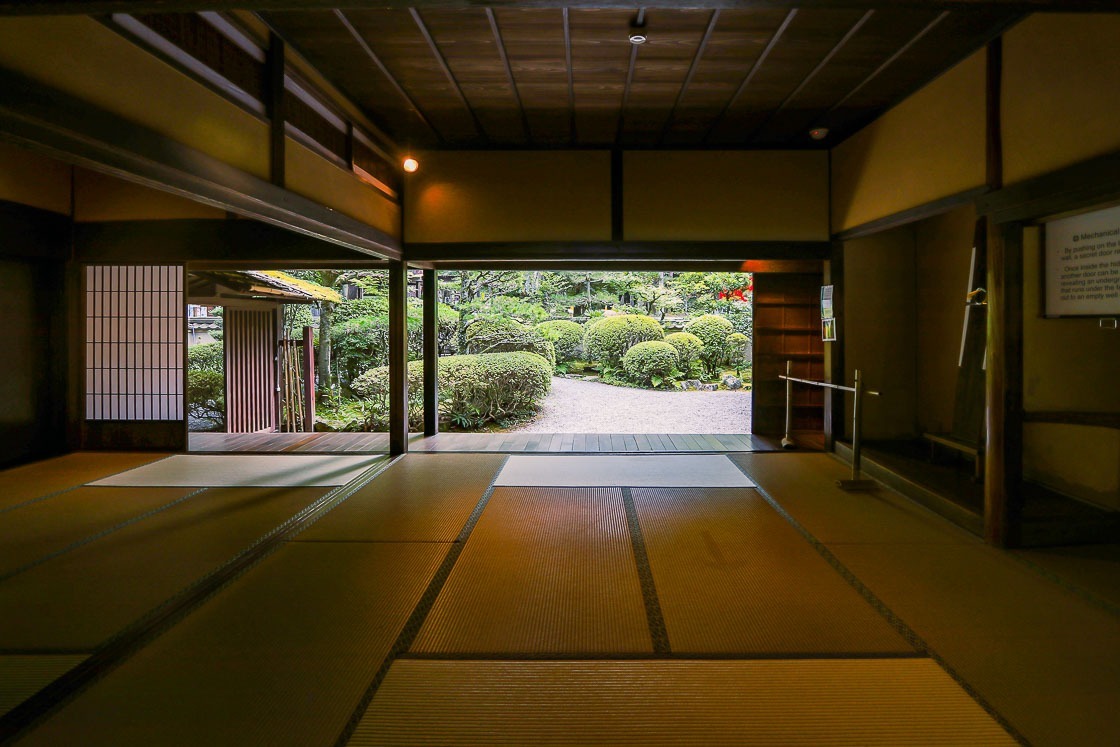
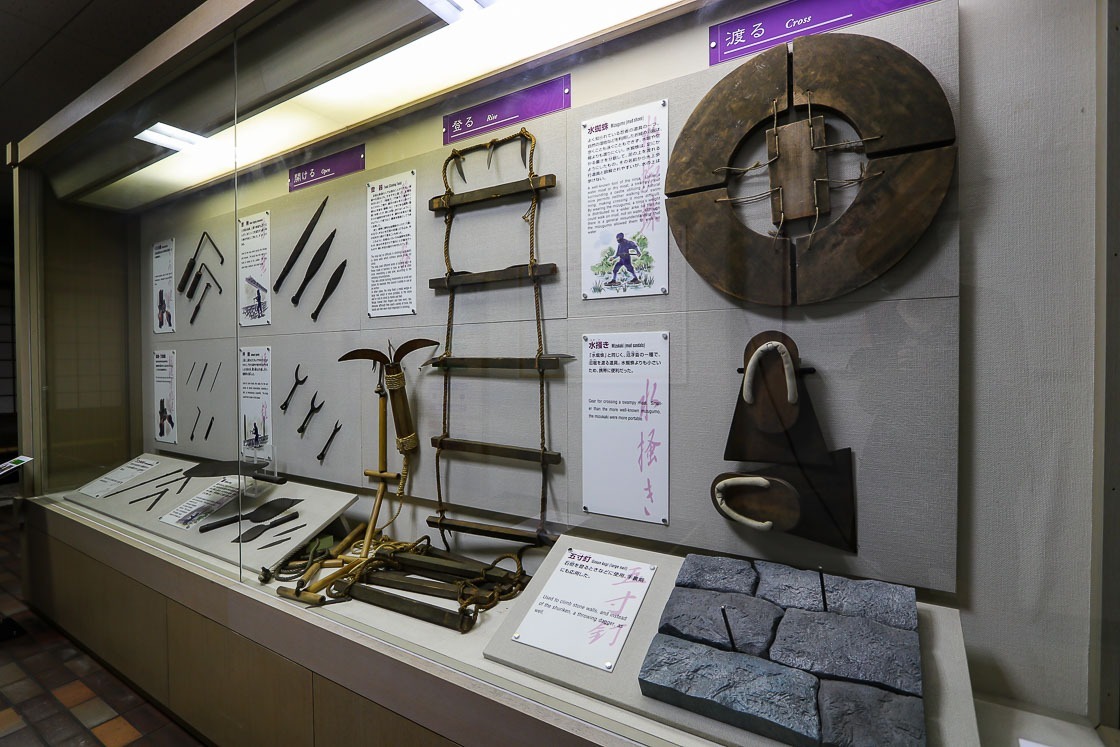
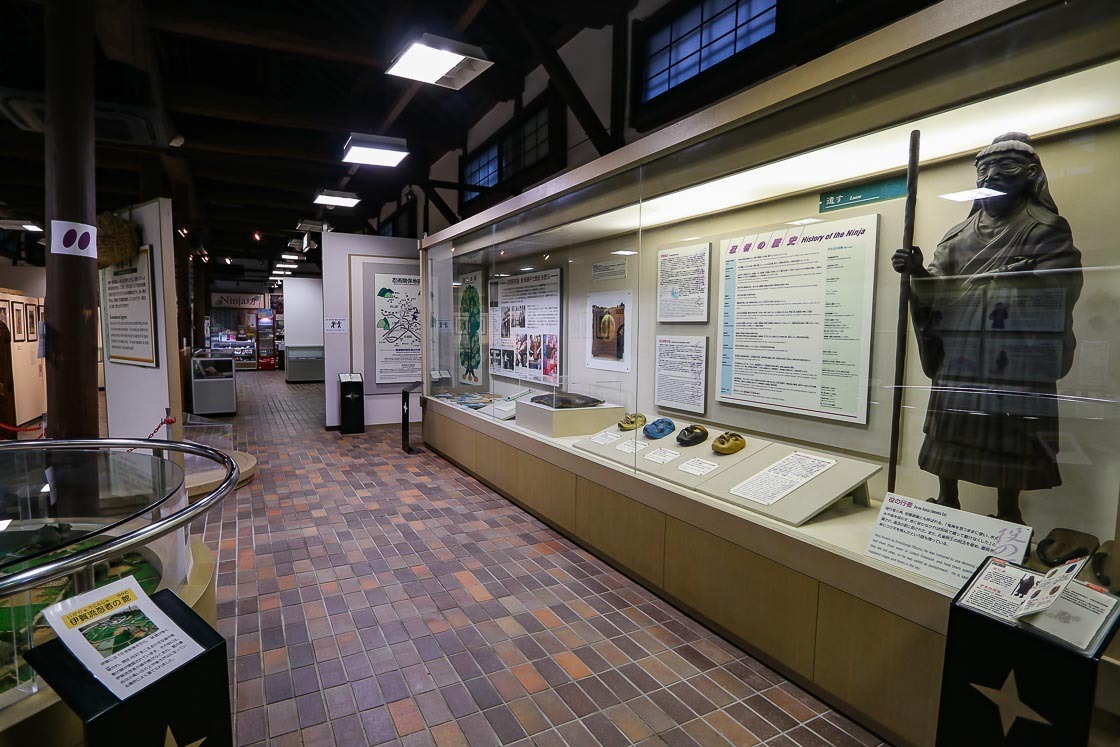
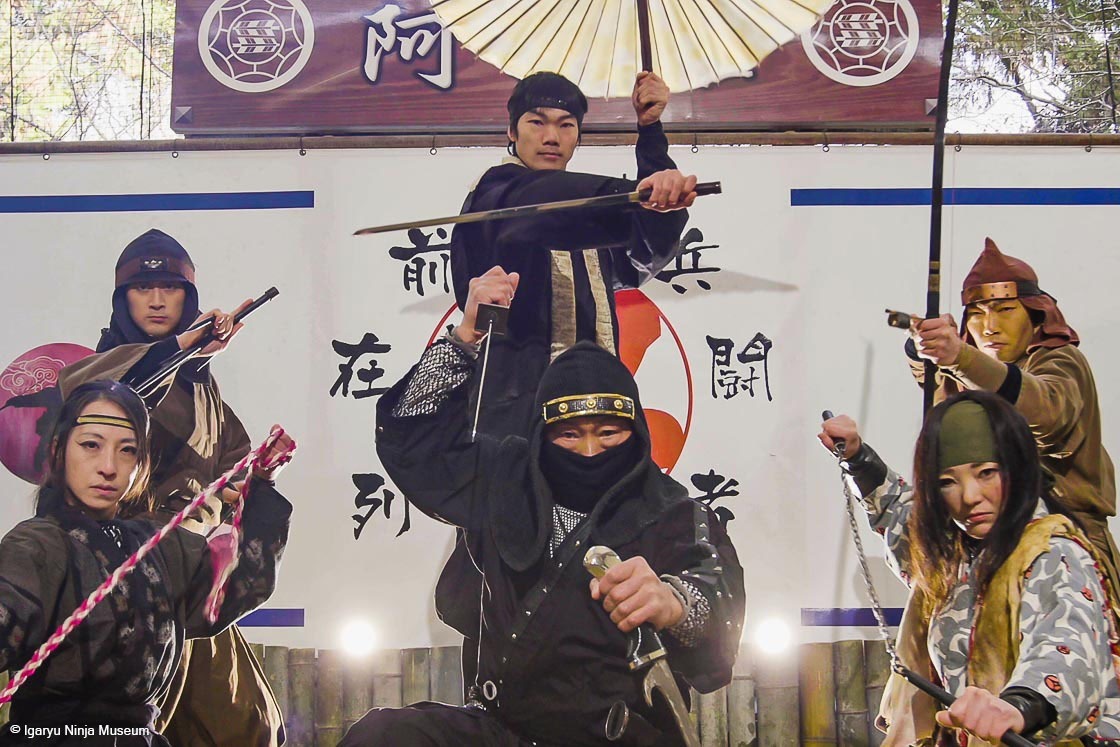
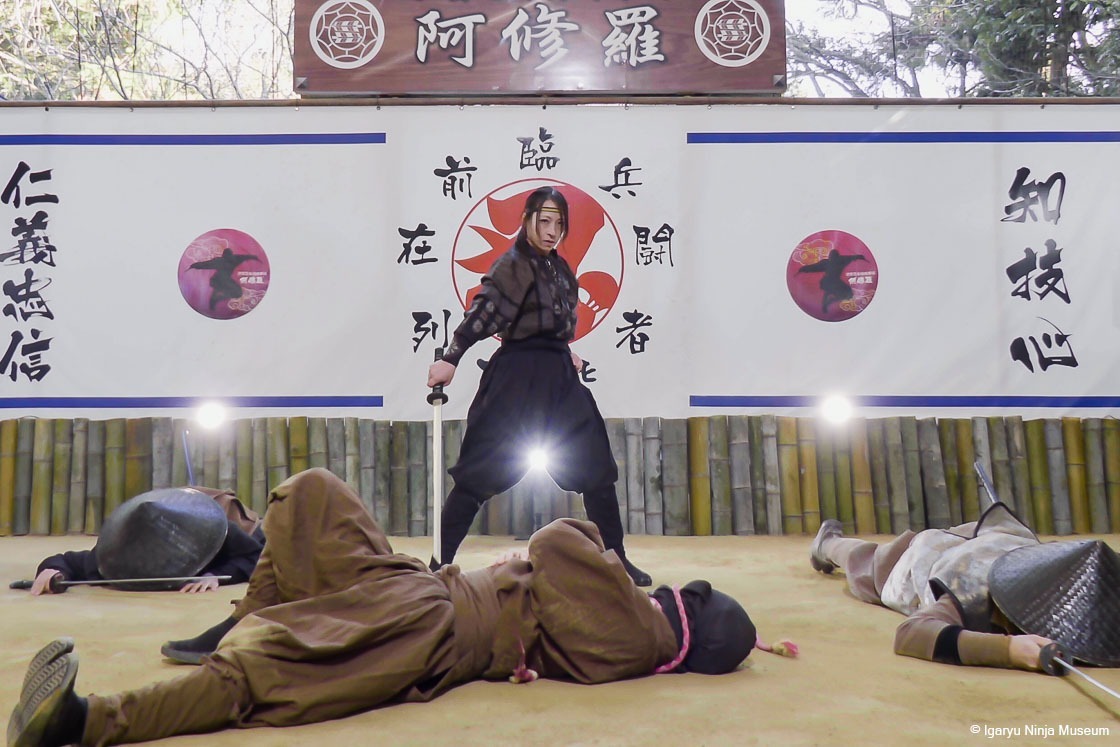
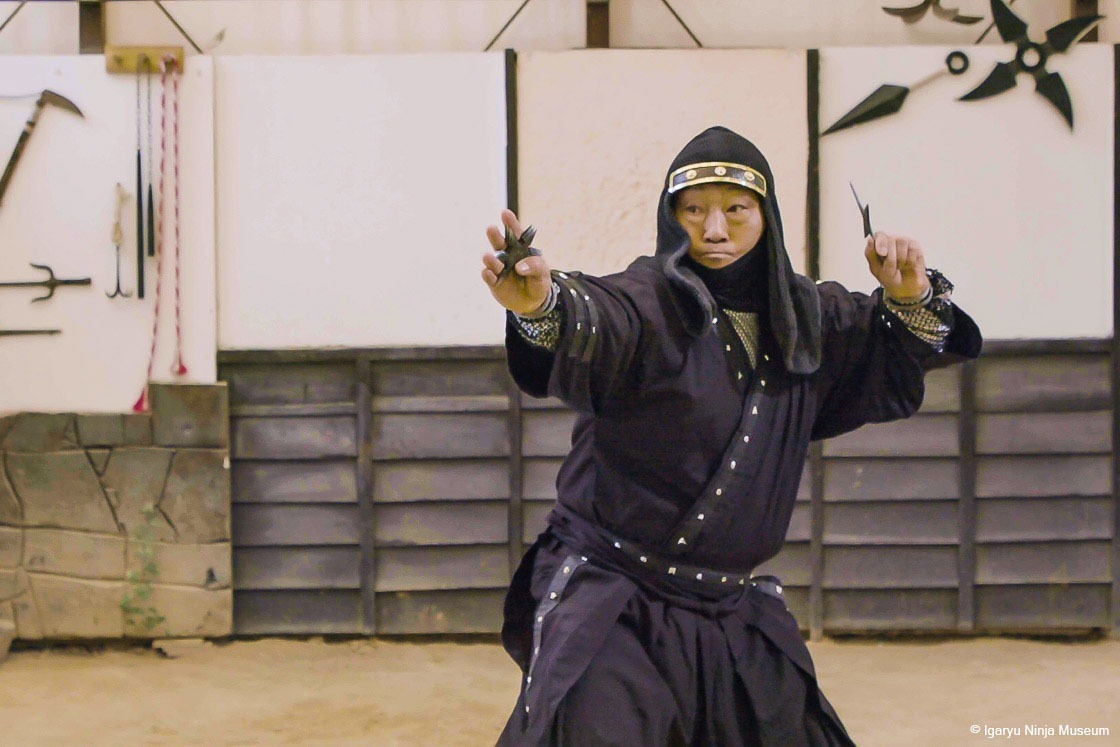
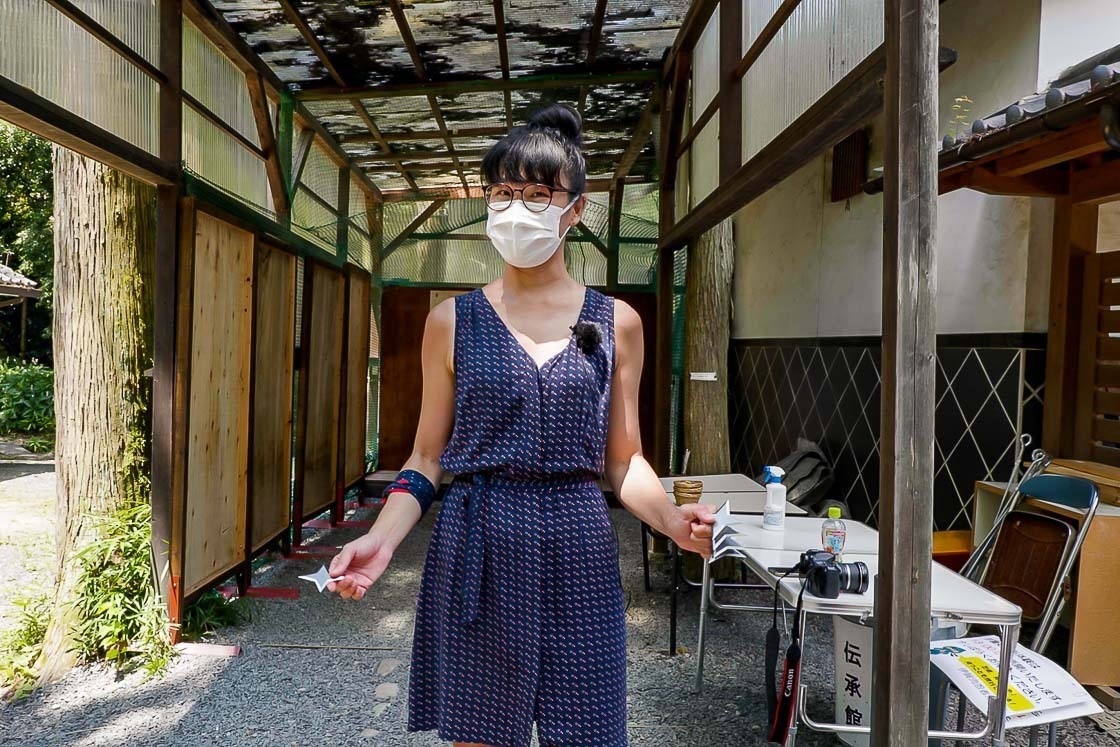
After that fun visit to the Ninja Museum of Igaryu, I headed back to train station and took a seven minute ride on the ninja train to Iga-Ueno Station. My accommodation for the night, a potter's abode, was a five minute walk from the station.
Sakkoan, my accommodation, is owned by the Tanimoto who are a family of potters. The farmhouse was renovated to preserve its former charm and to modernize the amenities. Like the ninja residence I visited, the exterior of Sakkoan looked nothing out of the ordinary. However, upon entering the accommodation, I was transported to a wonderful pairing in which Japanese design meets European style. Handmade ceramic pieces by the Tanimoto were displayed alongside modern artwork by their fellow international artist friends, while beautiful Persian carpets were juxtaposed with antique chests. I have never stayed overnight in a museum or an art gallery before, but I imagine staying at Sakkoan comes very close to that!
The accommodation is furnished with a full kitchen, and I decided to make use of the kitchen during my stay. I headed to the nearby local supermarket, which was a two minute walk away, to pick up some ingredients for dinner and breakfast. It felt so nice to wind down and relax like I was at home after a day of traveling and exciting ninja activities.
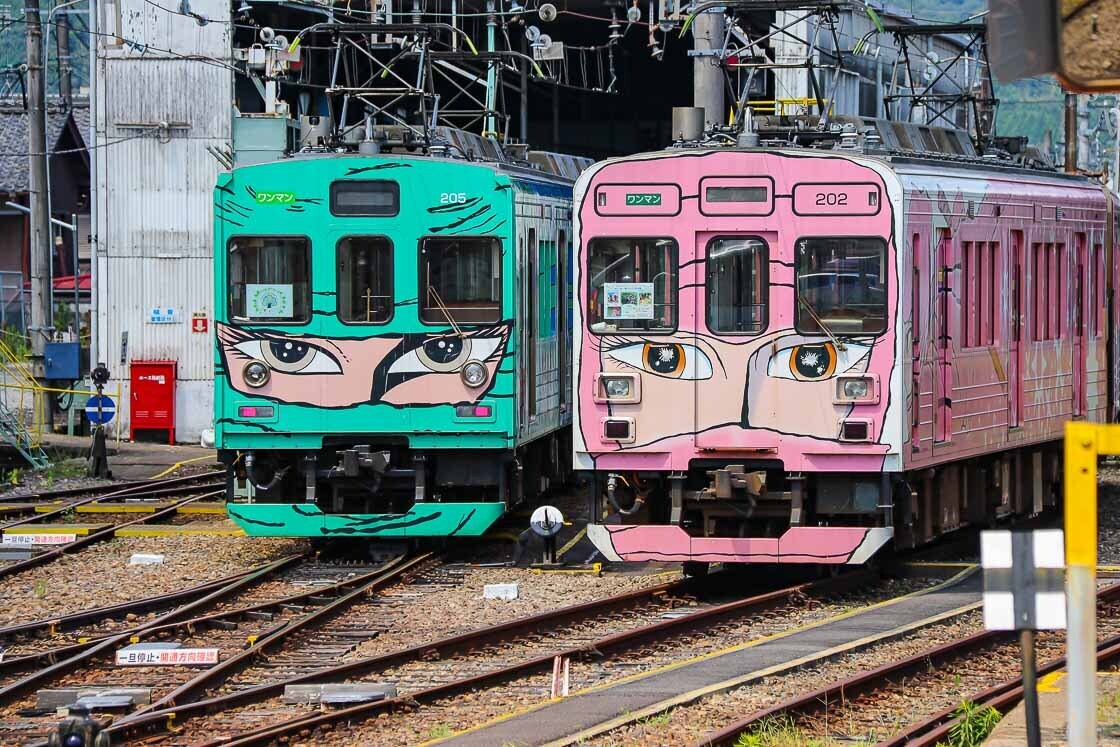
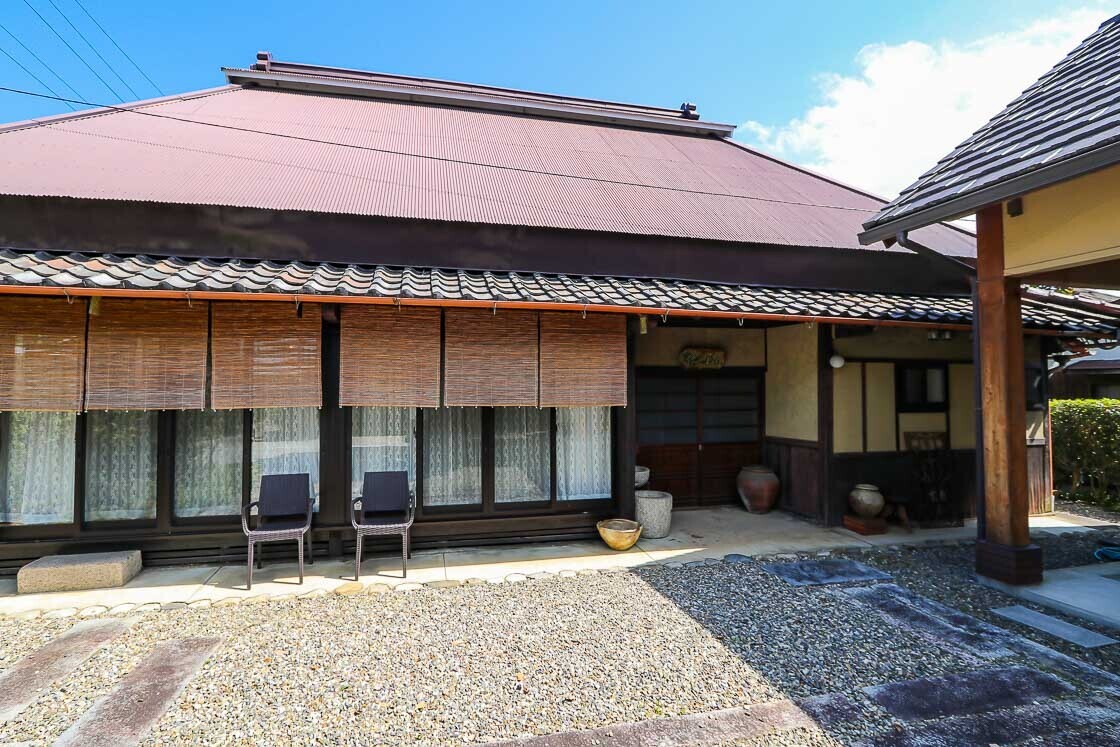
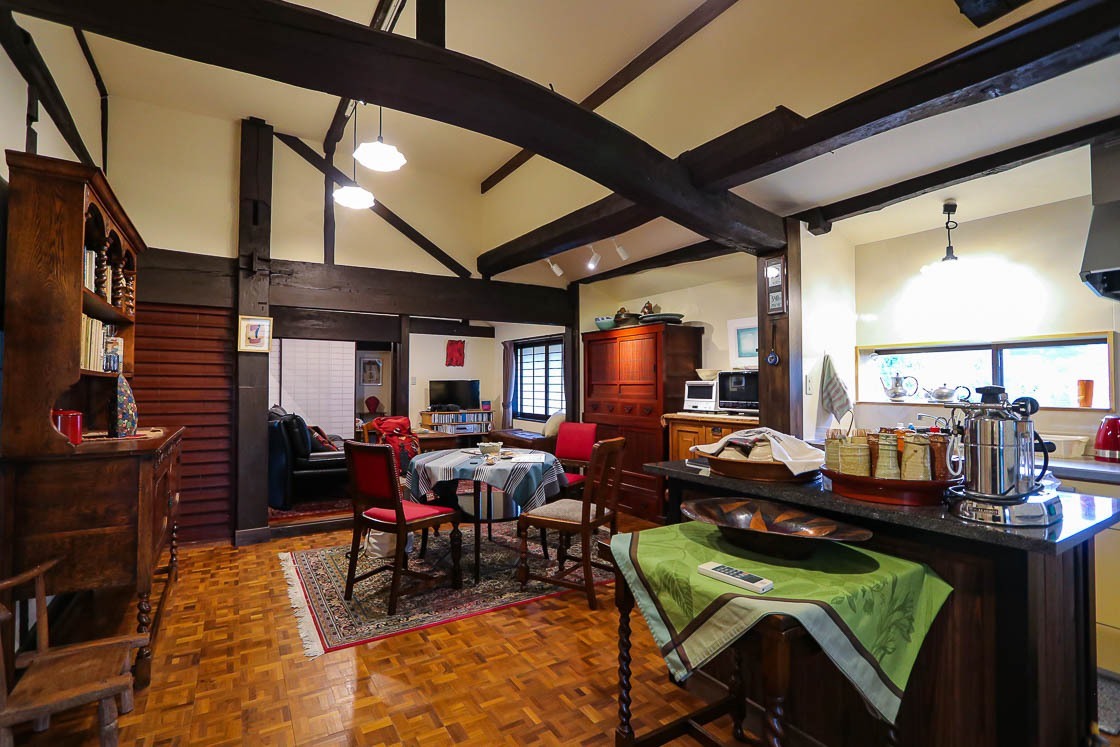
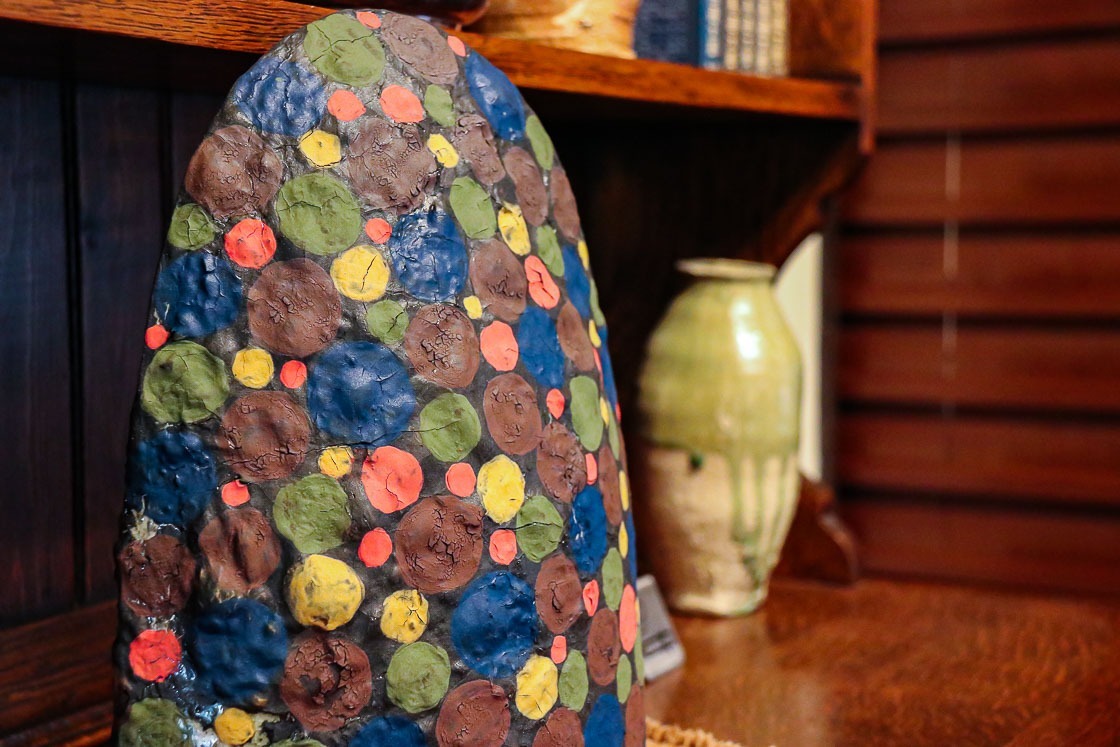
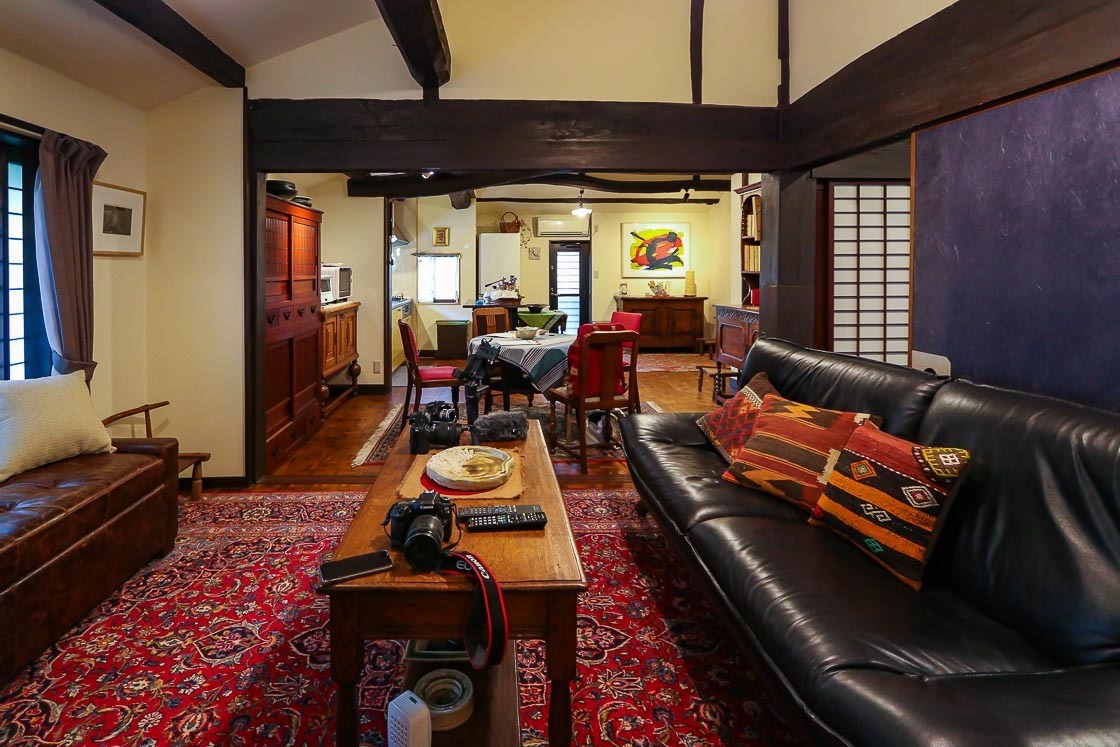
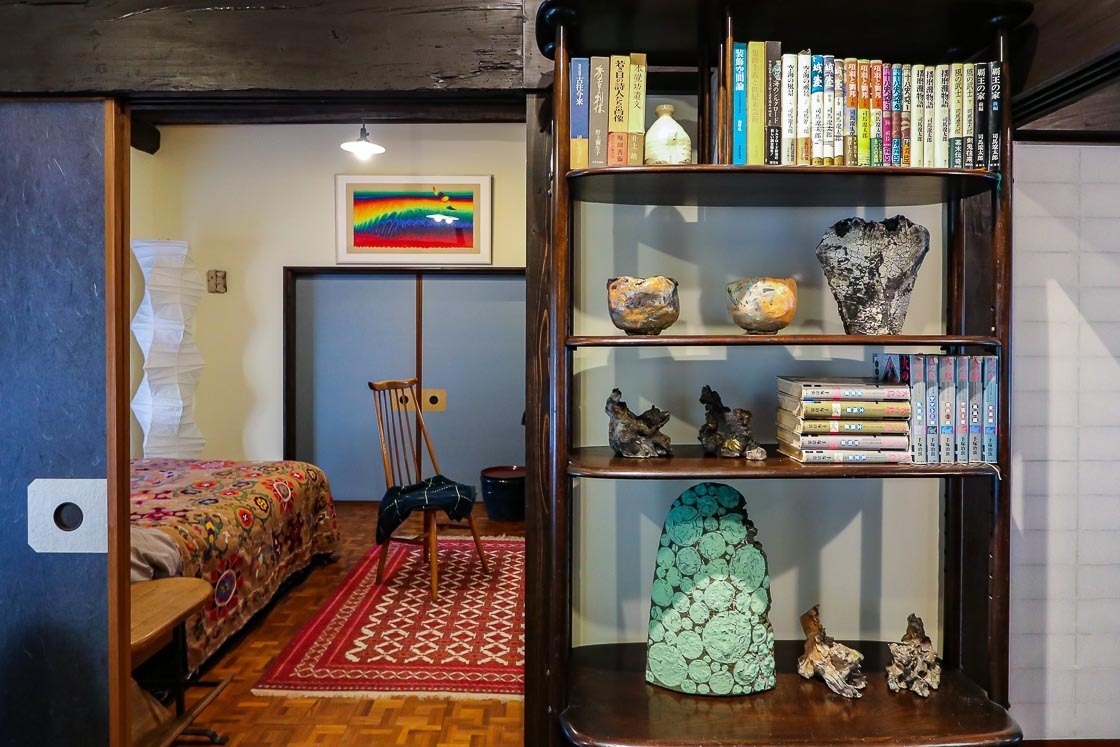
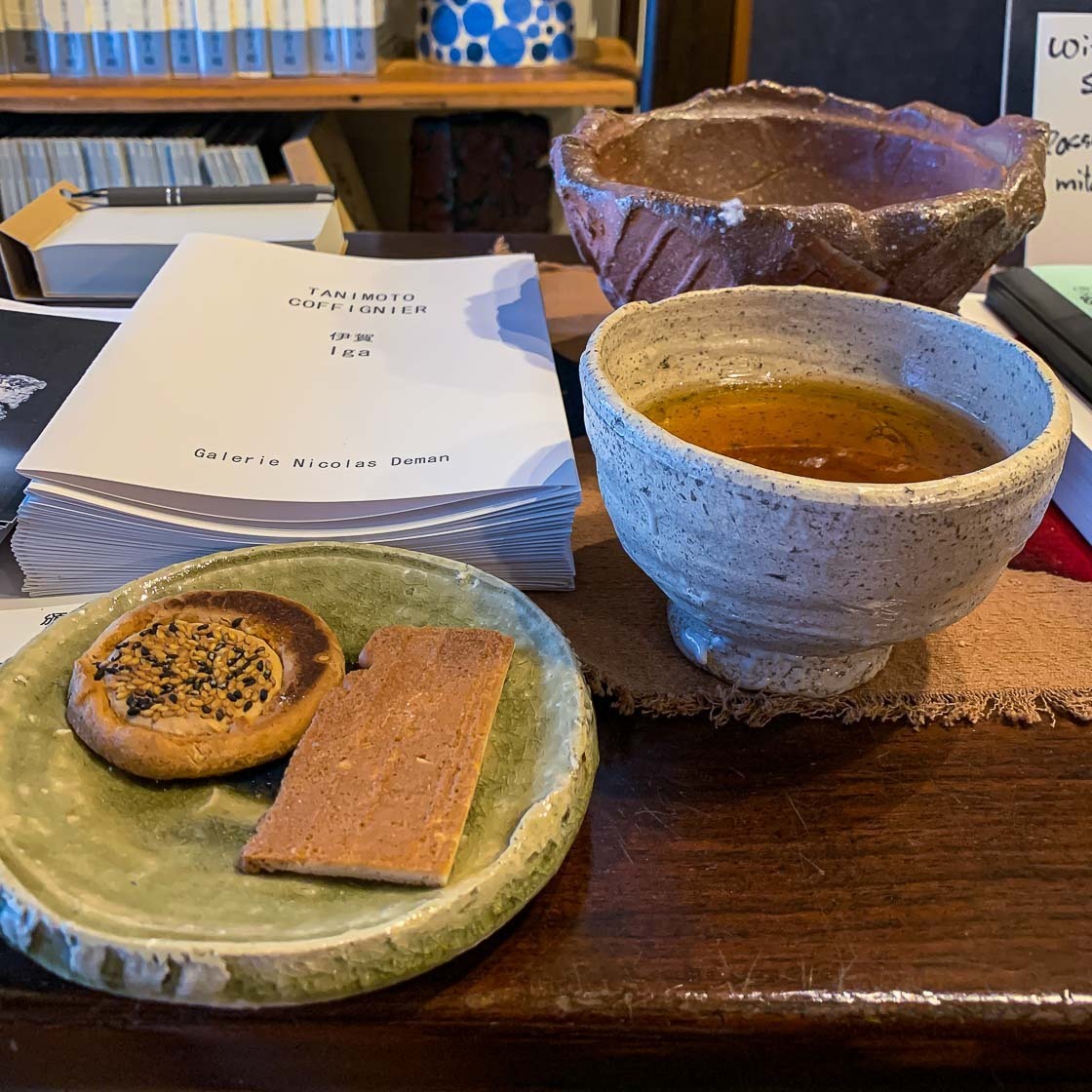
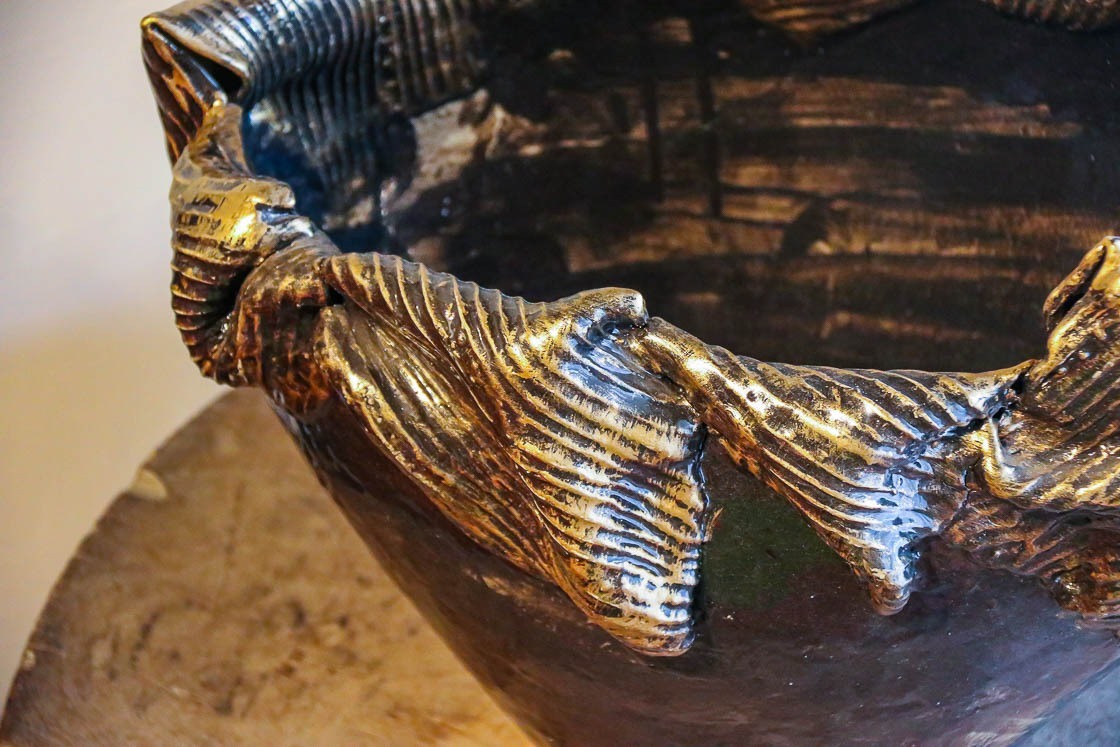
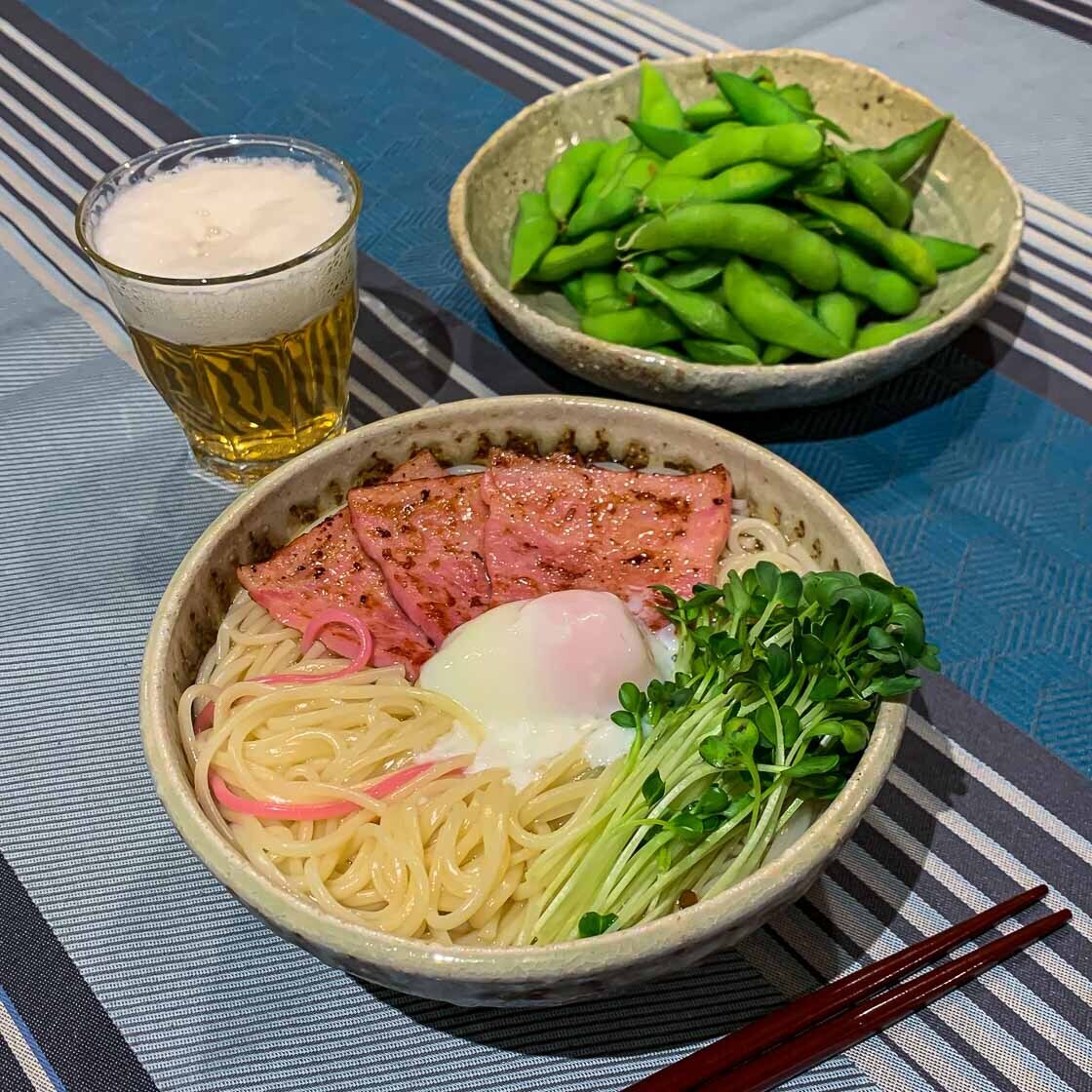
Day 2: Iga pottery and a farmhouse stay
After breakfast, I headed out to meet the Tanimoto to begin my pottery studies. Iga pottery or Igayaki is pottery made with the local Iga clay and is a traditional craft of Iga with a history of around 400 years. The ceramics gained recognition during the early 17th century when Igayaki tea bowls, water jugs and flower vases were used in tea ceremonies. Characteristics of classical Igayaki include handles or "ears" on the water containers, spatula markings left when shaping the clay, and a glassy green or matt black glaze from the ash during the firing process. Modern Igayaki, however, are mostly everyday utensils like pots and bowls with glazes in mellow tones.
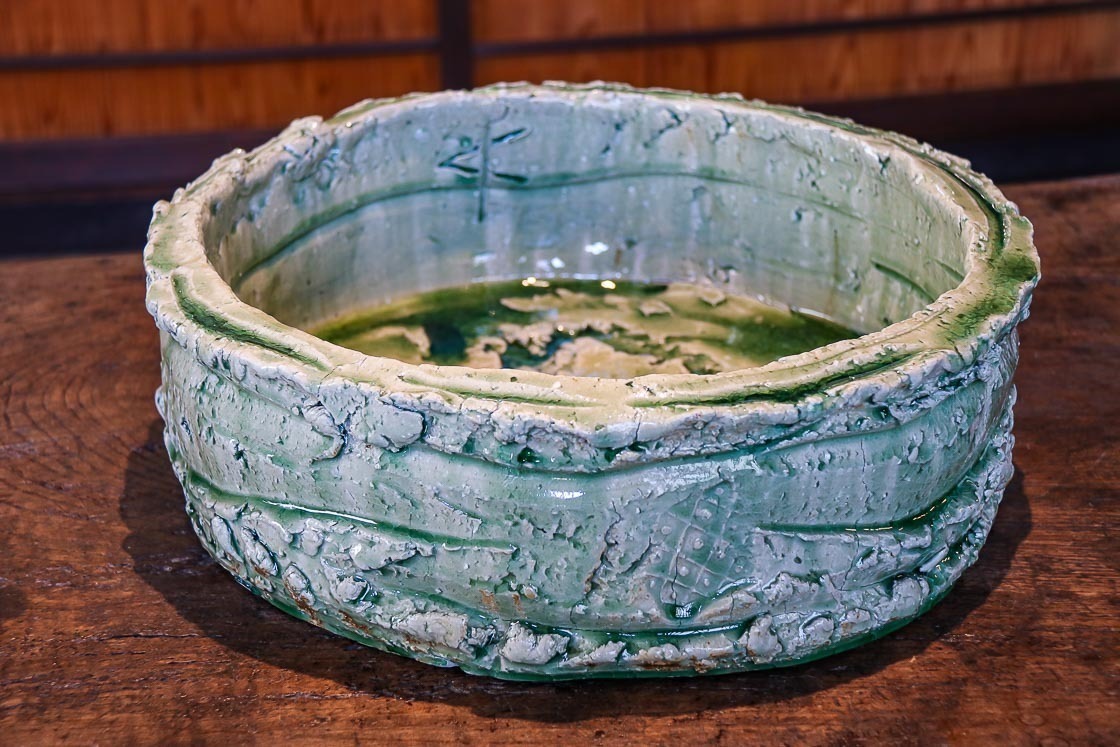
Tanimoto Yuko is a ceramic artist with a background in textile art. Her striking and bold works command attention, and there is a sense of flow and movement akin to textile in her large works of art, which have been shown in numerous solo exhibitions across Japan since 1990. Yuko-san invited me into her atelier, which is beside my accommodation, and I got to see her workspace and the beautiful gallery.
Despite having seen some of Yuko-san's works in Sakkoan where I stayed the night before, I was still blown away when I visited her atelier. I absolutely loved the time I had to speak with Yuko-san and hear more about her pottery style. If I had to sum up and describe Yuko-san's style, I would say that it is like a dancer wearing long flowing robes and performing an interpretive dance. But, art is, of course, subjective, and everyone has their different interpretations.
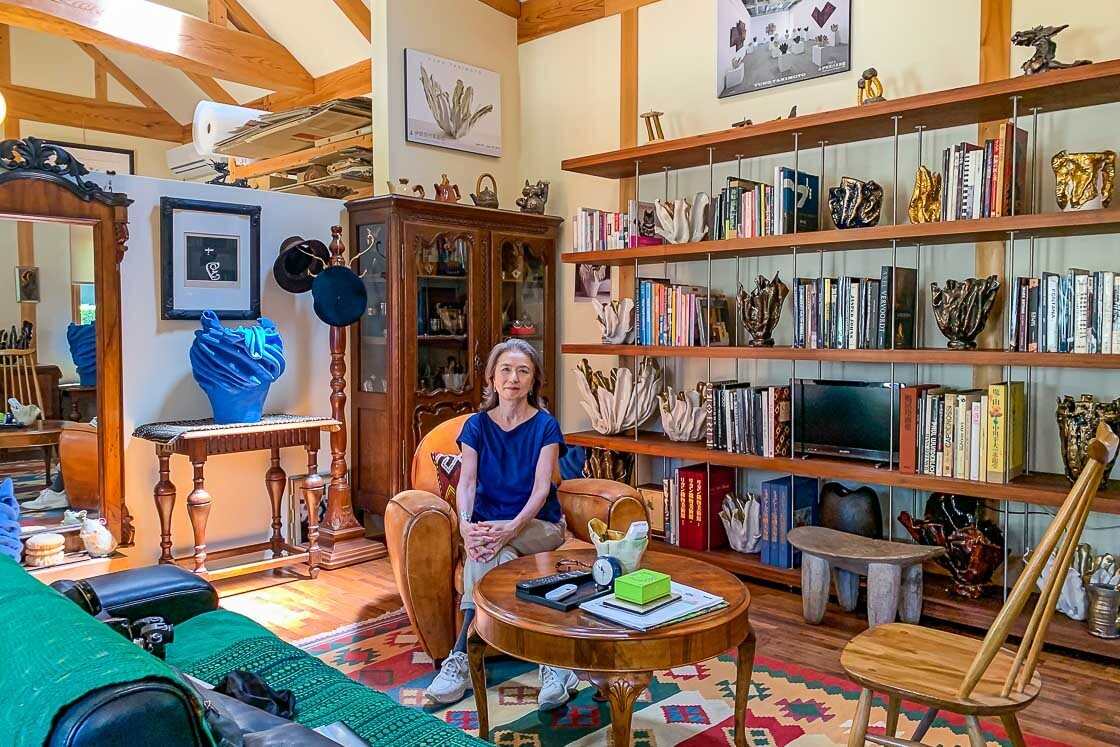
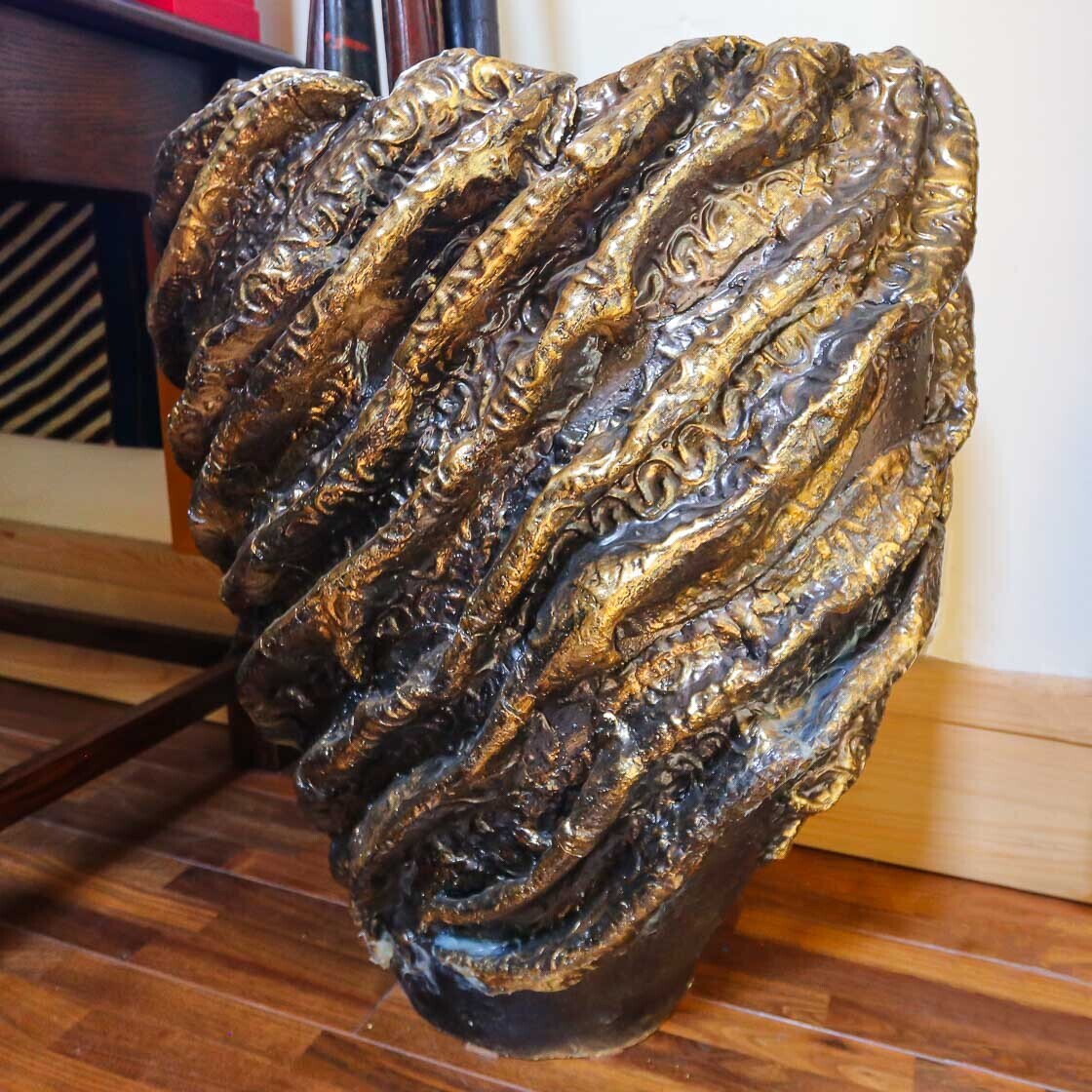
From Yuko-san's atelier, we headed over to her husband's studio together. Tanimoto Kei comes from a family of Igayaki potters. In fact, his father was presented with a cultural award from Mie Prefecture. As an Igayaki potter, Kei-san does both traditional pieces like tea bowls as well as creating modern Igayaki objets d'art.
It was my pleasure to have a pottery lesson with Kei-san, and during the activity, we chatted about Igayaki and his philosophy. For Kei-san, the process of creation is the inspiration for the final product. He does not start out with a fixed idea of what he is about to create, but allows the process to guide and shape his work. While Kei-san and Yuko-san share a similar approach when it comes to making art, their creations couldn't be more different and display their distinct styles.
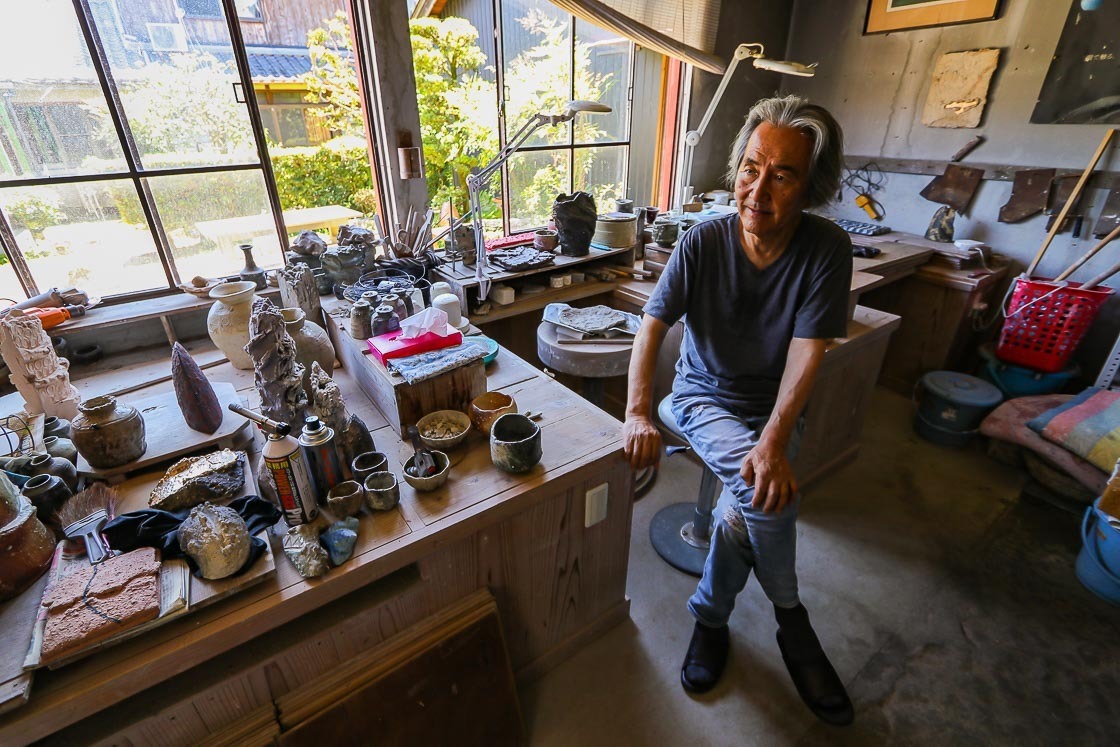
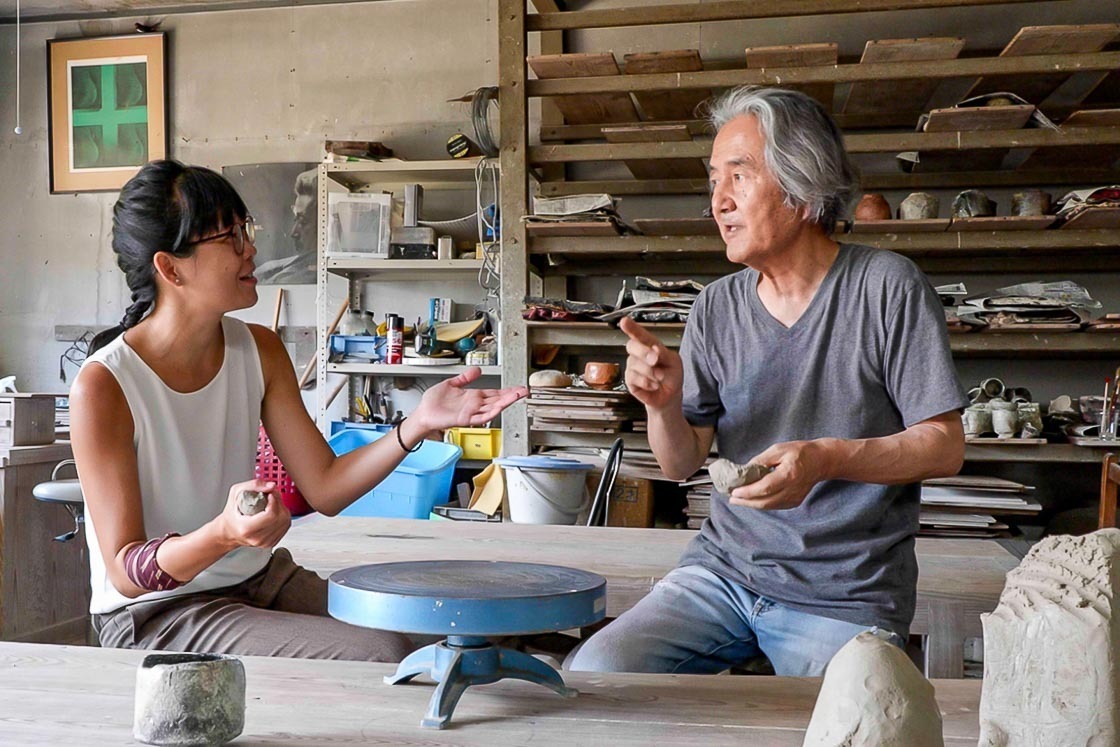
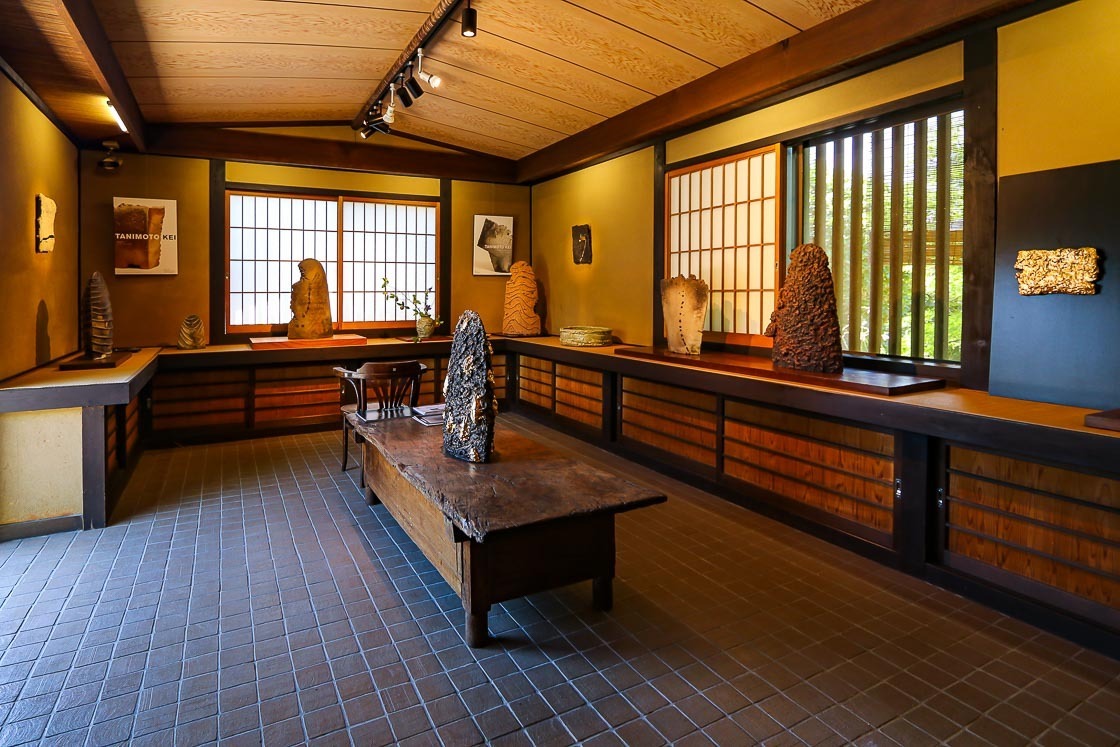
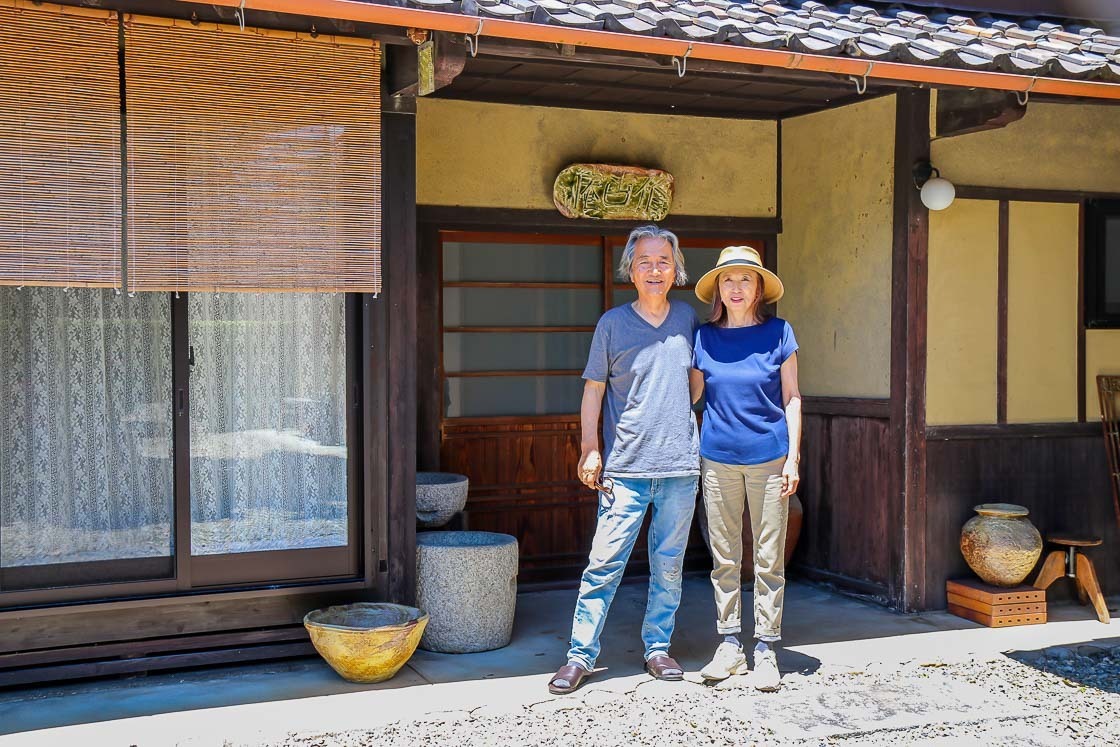
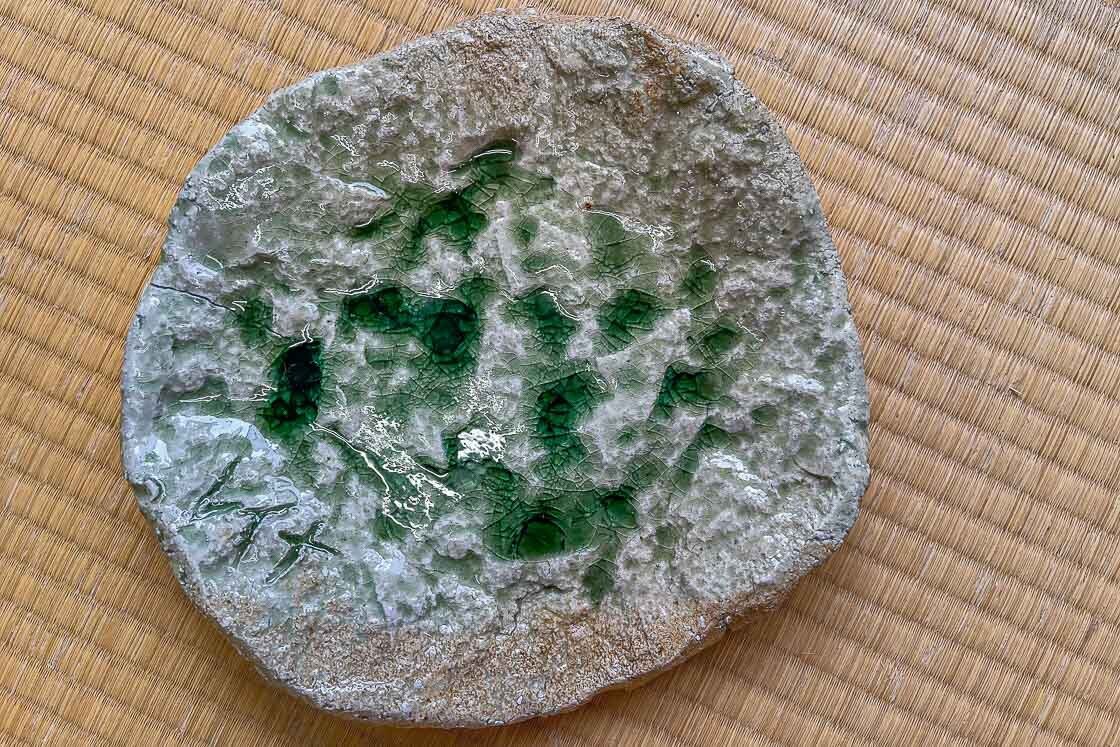
The time soon came to bid farewell to my gracious hosts in Iga-Ueno, as I had a train to catch. From Iga-Ueno Station, I took the local train to Nagoya and transfered to the bullet train to Kakegawa. Detailed transport information can be found in the access section below.
My accommodation for the night was at Tabinoya, a 70 year old house built by a tea farmer. The house was bought over by Yamada-san, who spent six months renovating it. The result of which is a charming farmhouse beautifully restored with traditional details and elements. Some interesting details in the house include the exposed electrical wiring common in old houses and a large, custom made, iron goemonburo bath tub.
Dinner was included in my accommodation, and as part of the dinner, I made imojiru, a local Kakegawa specialty, together with Yamada-san. Imojiru translates to Japanese yam soup, and the process of making it involves grating the yam in a large mortar, then adding the prepared miso broth and mixing them together. Imojiru can be poured over and eaten together with rice or drunk as a soup with condiments like spring onions. It was my first time to try imojiru, and it was definitely delicious as I had a few helpings.
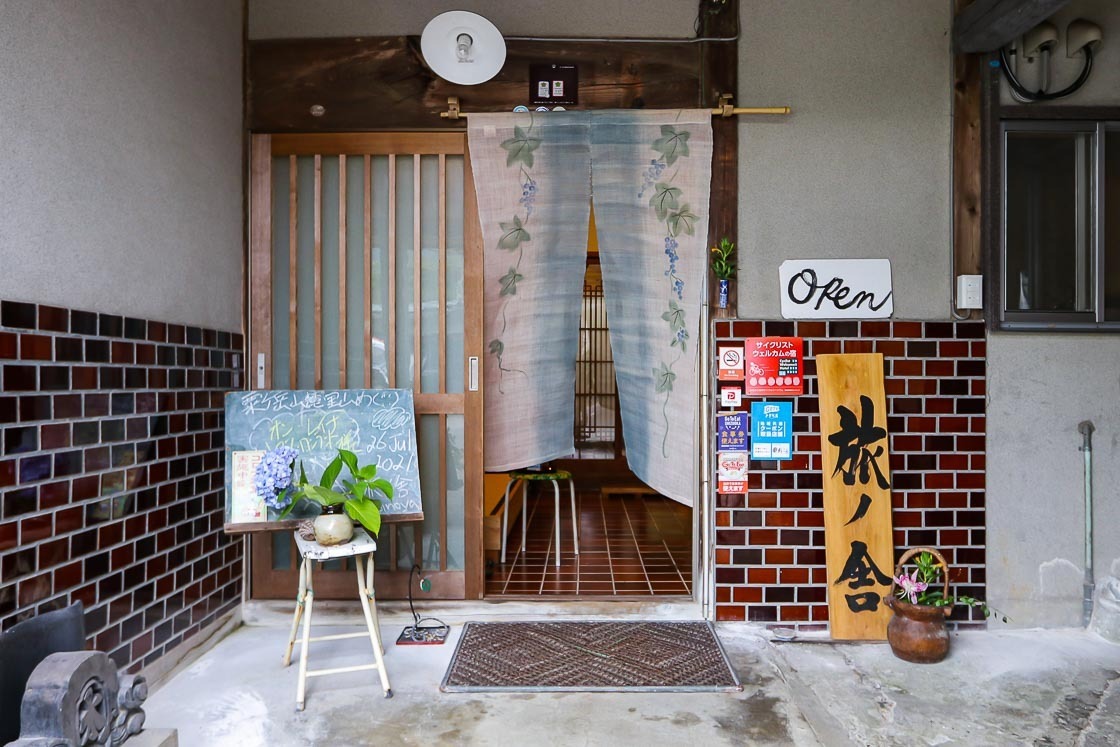
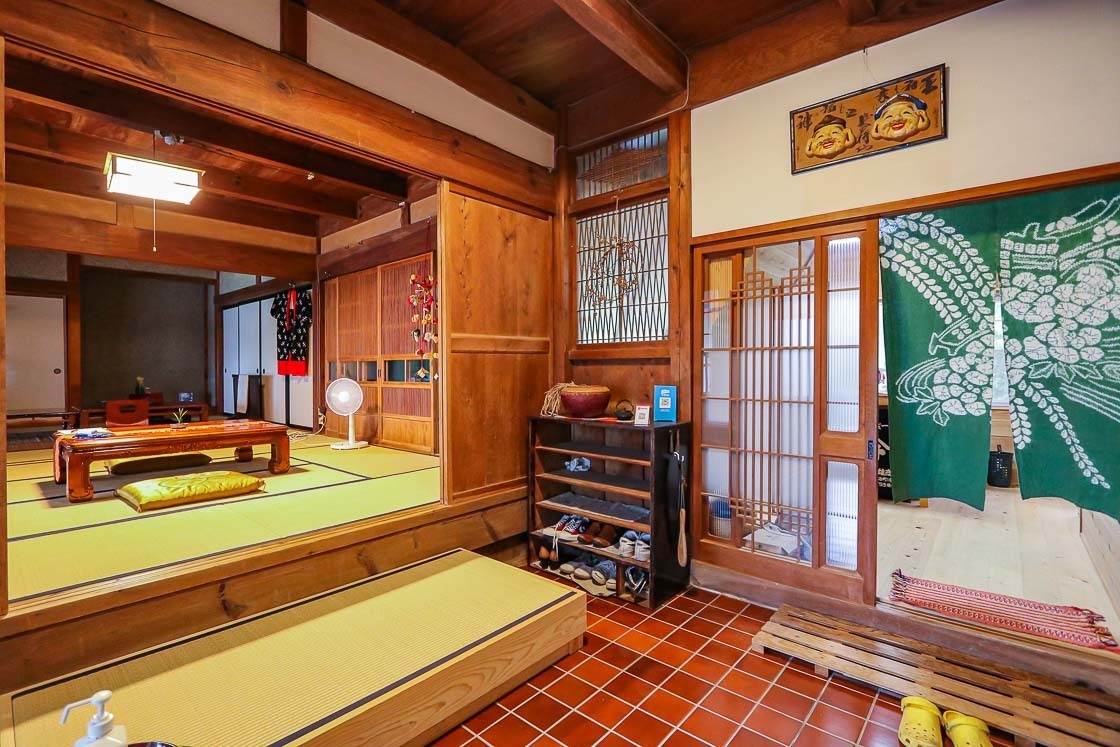
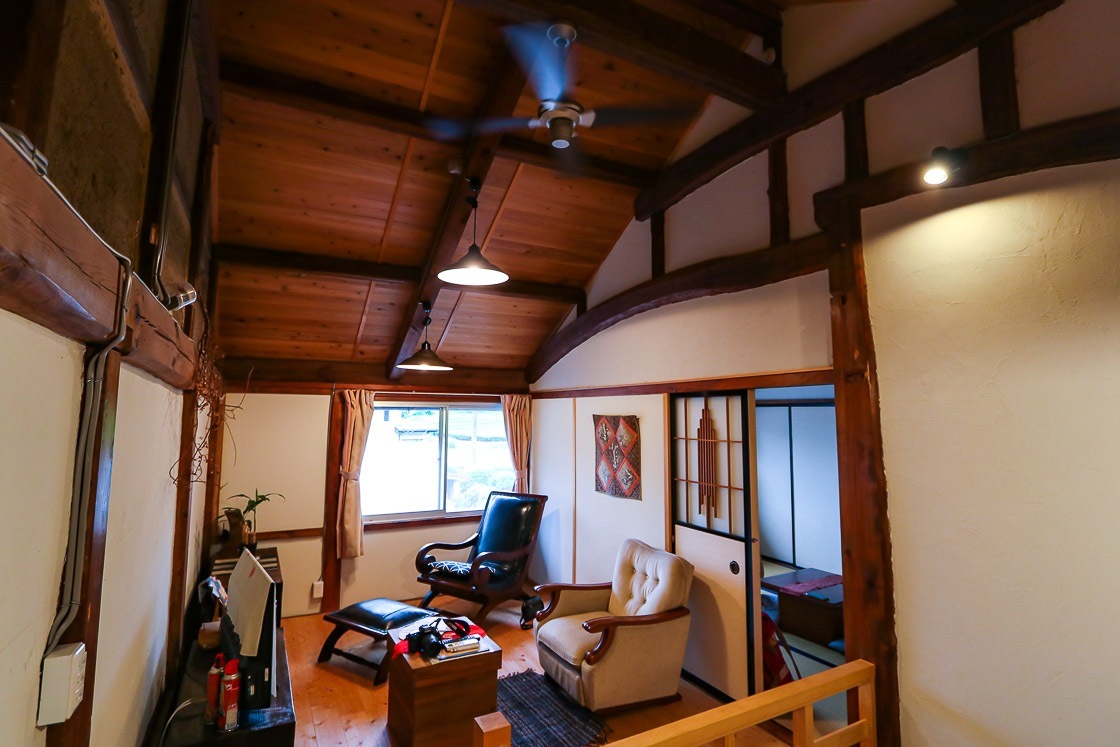
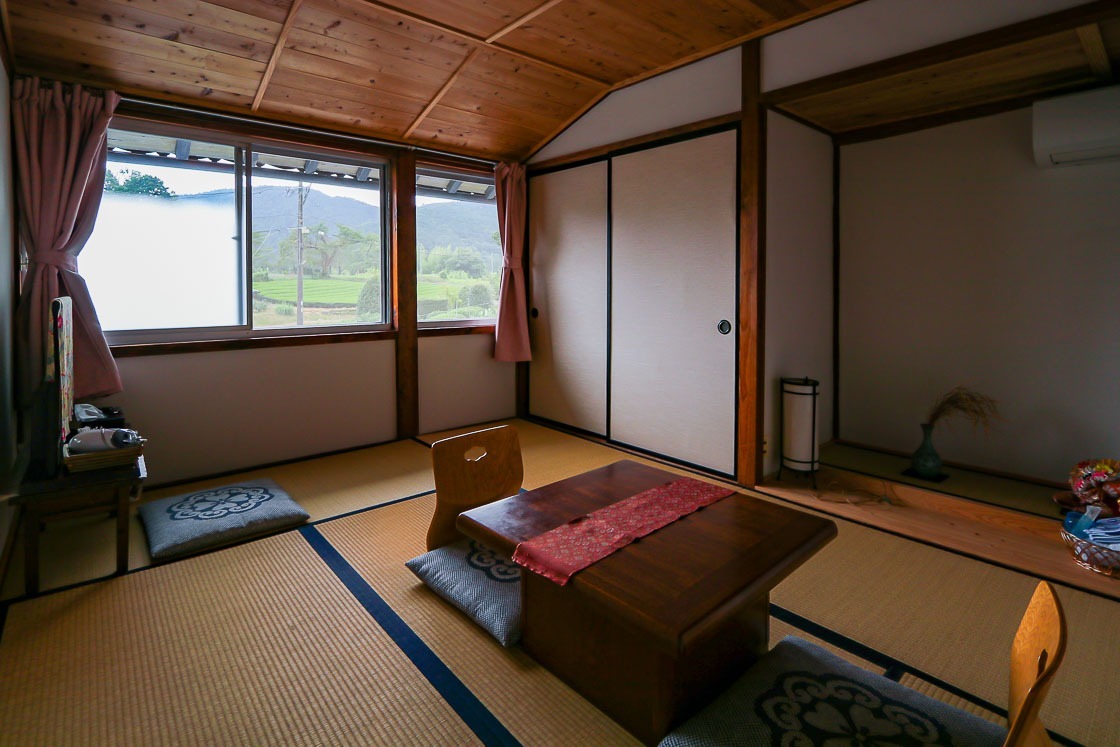
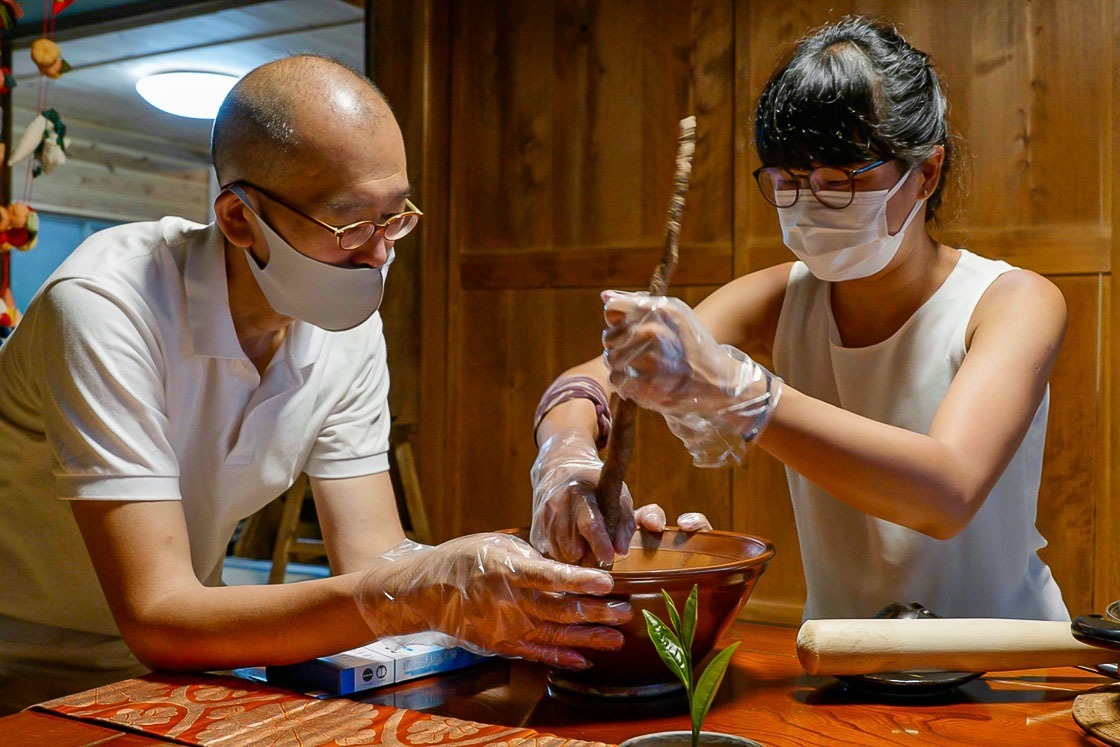
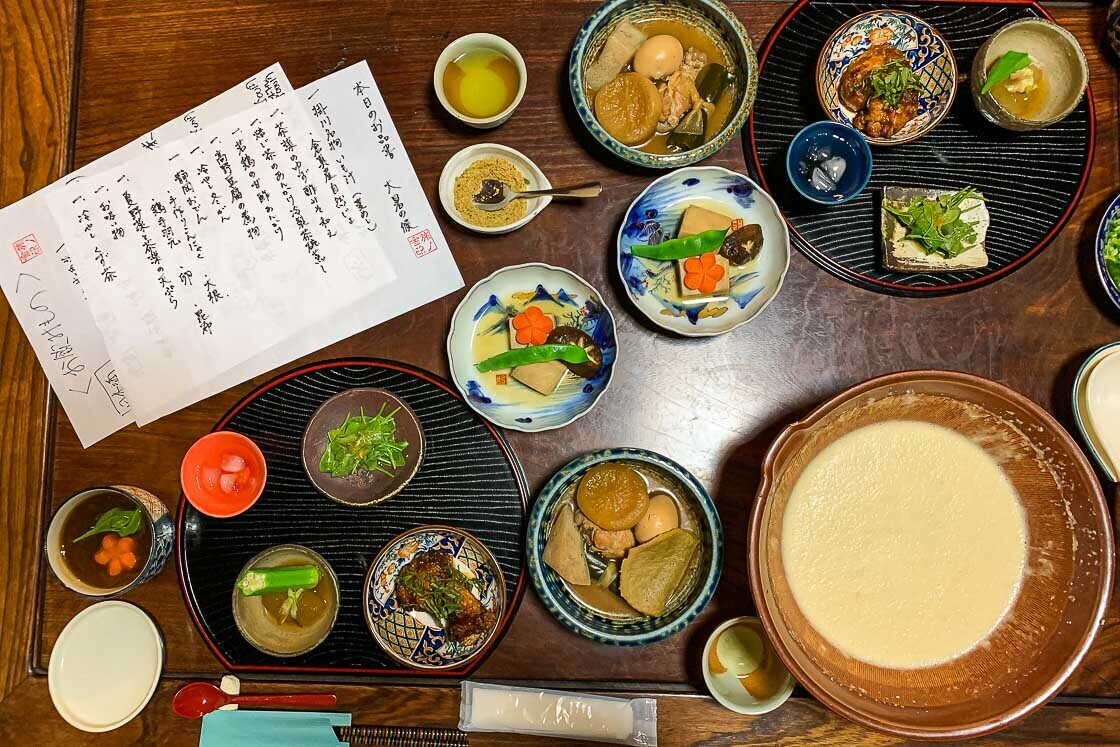
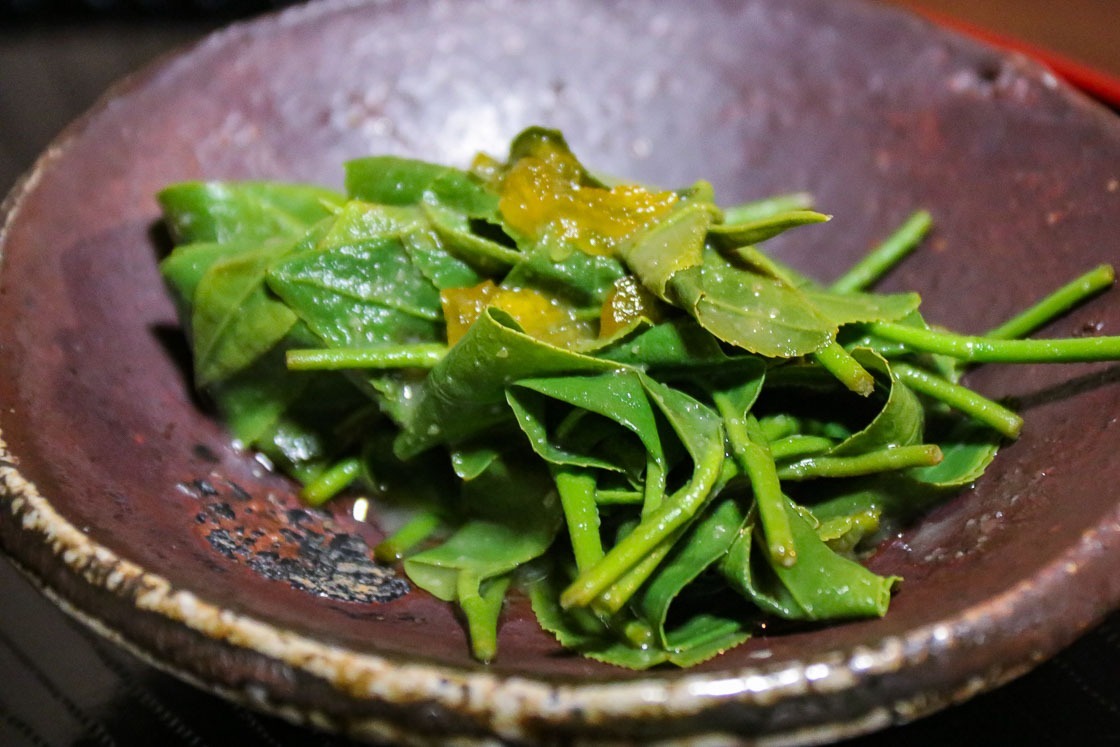
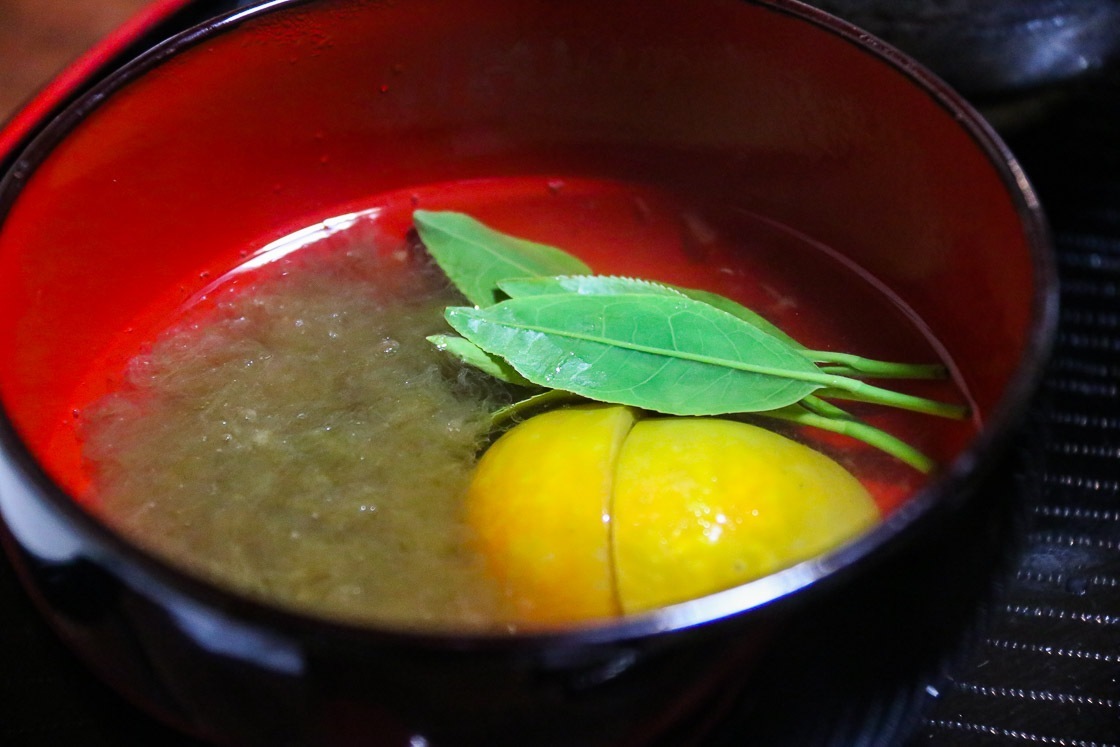
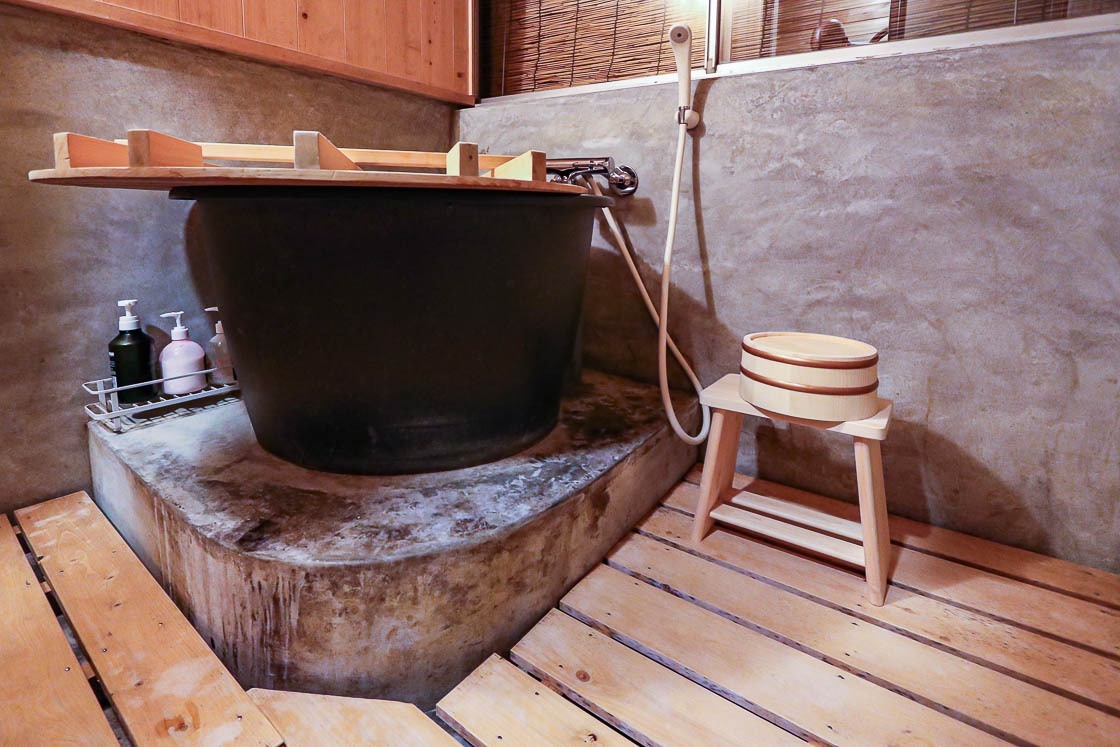
Not long after dinner, it was time to take a bath in the goemonburo tub before turning in for the night. This ended the first two days of my 6-day trip off the beaten path in central Japan.
Access
Chubu Centrair International Airport, a major international airport, is where we start this itinerary. Frequently departing trains provide access to central Nagoya in about 40 minutes, while high speed boats provide access to Tsu in Mie Prefecture in about 45 minutes.
Chubu Centrair International Airport to Iga City
From the airport, take the high speed boat to Tsu Nagamachi Port in Tsu, Mie Prefecture (approximately 45 minutes, 2520 yen one way, hourly departures). Then take a local bus (about 15 minutes, 220 yen one way, infrequent departures) or taxi (approximately 1500 yen) from the port to Tsu Station. At Tsu Station, take the JR Kisei Line to Kameyama, transfer to the JR Kansai Line to Iga-Ueno, and finally, change to the Iga Railway to Ueno-shi. The entire train journey takes about two hours, costs 1250 yen one way and is fully covered by the Japan Rail Pass except for the section on the Iga Railway.
The Ninja Museum of Igaryu is a ten minute walk from Ueno-shi Station.
To get to the potter's accommodation Sakkoan, take the Iga Railway from Ueno-shi to Iga-Ueno (7 minutes, 260 yen one way). Sakkoan is a five minute walk from Iga-Ueno Station.
Iga City to Kakegawa
From Iga-Ueno Station, take the JR Kansai Line to Nagoya with a transfer at Kameyama. At Nagoya Station, take the Tokaido Shinkansen to Kakegawa. The entire train journey takes approximately 3.5 hours, costs about 7000 yen one way and is fully covered by the Japan Rail Pass.
A pick up service at Kakegawa Station by Tabinoya, the farmhouse accommodation, is available upon request.

Useful links
- Ninja Museum of Igaryu - Ninja museum and experiences in Iga City
- Mitagama - Pottery and accommodation by the Tanimoto family
- Tabinoya - Farmhouse and tea activities in Kakegawa

